Nikon Zf review: snap to the future
Retro styling meets full-frame sensor
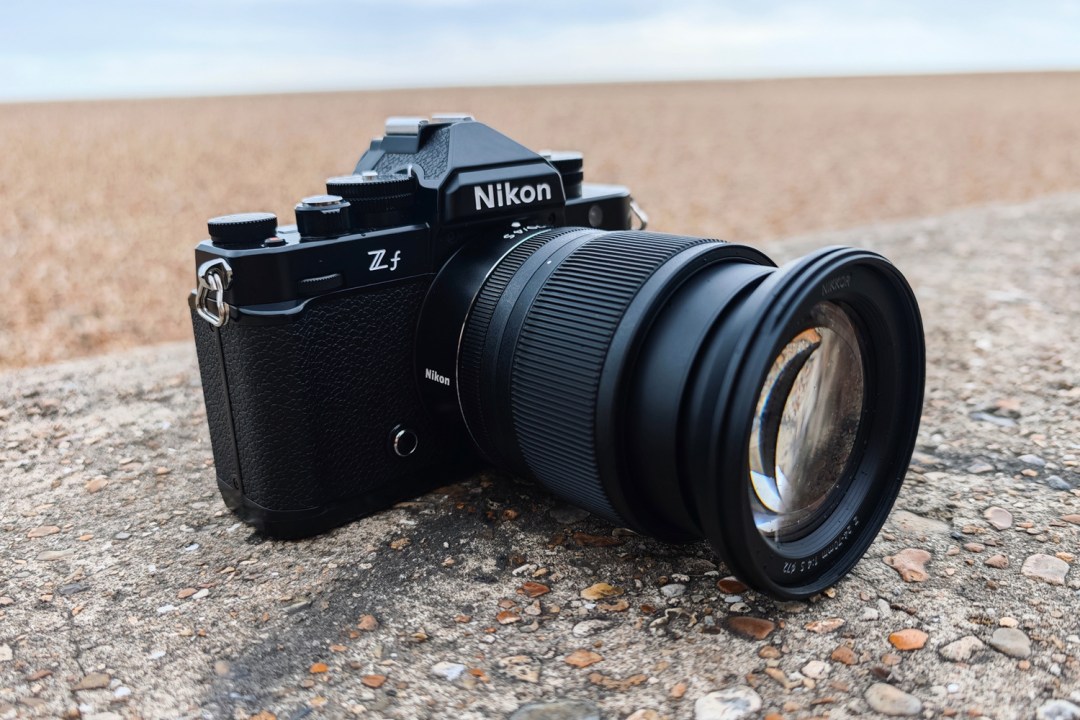
Stuff Verdict
This wonderfully stylish snapper could learn a thing or two from rivals about usability, but the Nikon Zf needs no notes on delivering outstanding quality images.
Pros
- Classic looks meet bombproof build quality
- Full-frame sensor delivers delightful RAWs and JPEGs
- Tracking autofocus is fantastic
Cons
- Dial-driven controls can be fiddly
- Tiny grip and heavy weight hamper comfort
- Battery life only average
Introduction
You don’t have to look far down Stuff’s list of best mirrorless cameras to see the photography world has been hot for retro styled snappers for a while now. Brands like Fujifilm and OM-system are now virtually all-in on throwback appearances; Nikon has so far only tested the water with an APS-C effort that didn’t quite stick the landing. This full-frame follow-up has it all to prove.
The Nikon Z fc was basically a Nikon Z50 in a fancy frock, and one hampered by a lack of lenses. The Nikon Zf takes similar design inspiration from the firm’s 80s-era FM2 film camera, but borrows its image processor and speedy autofocus abilities from the flagship Z9. It also has a much wider selection of glass to choose from.
That puts it in good stead to challenge the more modern-looking Sony A7 IV and Panasonic Lumix S5 II, and its larger sensor could also give it an image quality edge over the Fujifilm X-T5.
How we test cameras
Every camera reviewed on Stuff is tested in a range of lighting conditions, with a variety of subjects and scenes. We use our years of experience to compare with rivals and assess ergonomics, features and general usability. Manufacturers have no visibility on reviews before they appear online, and we never accept payment to feature products.
Find out more about how we test and rate products.
Design & build: tough nut
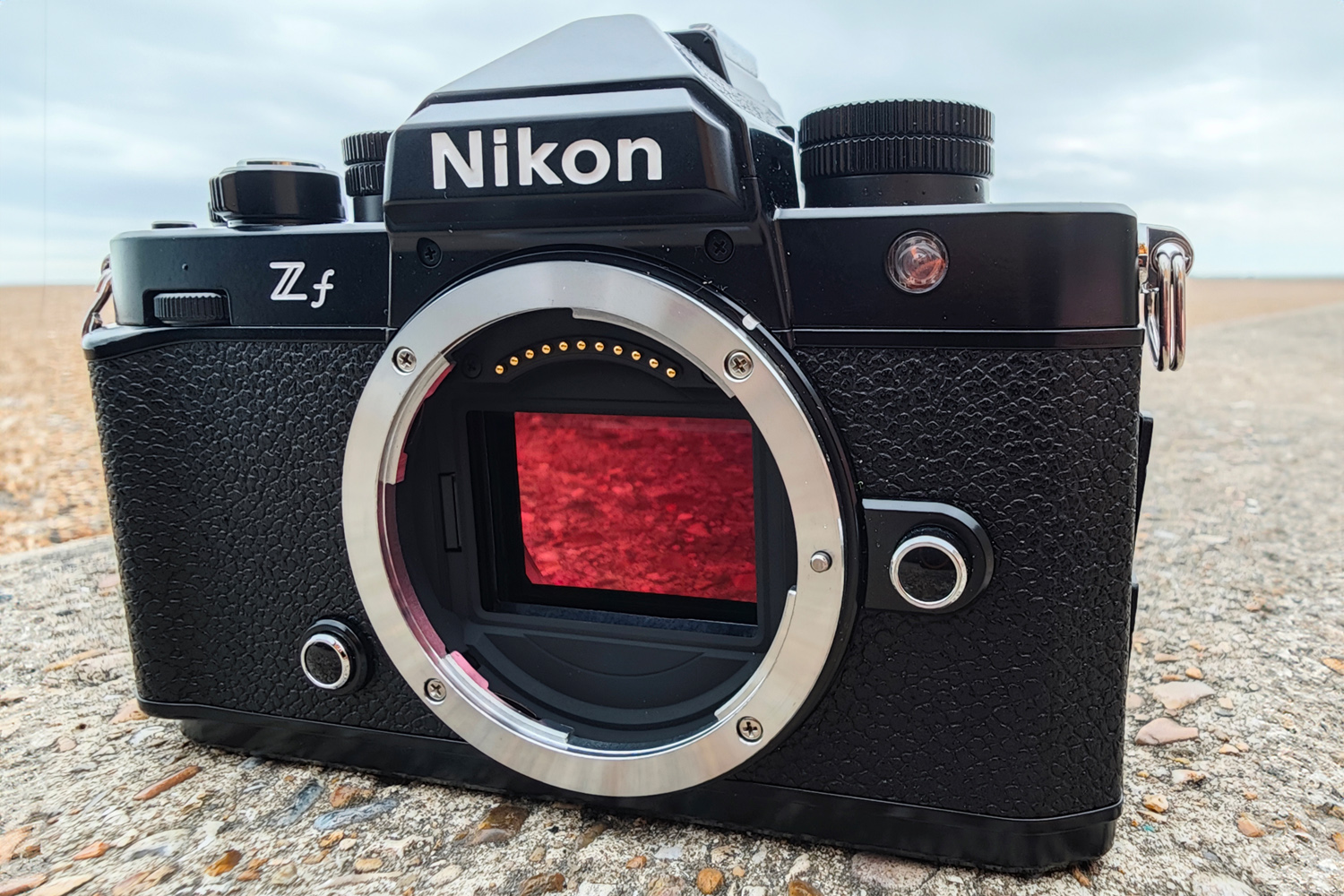
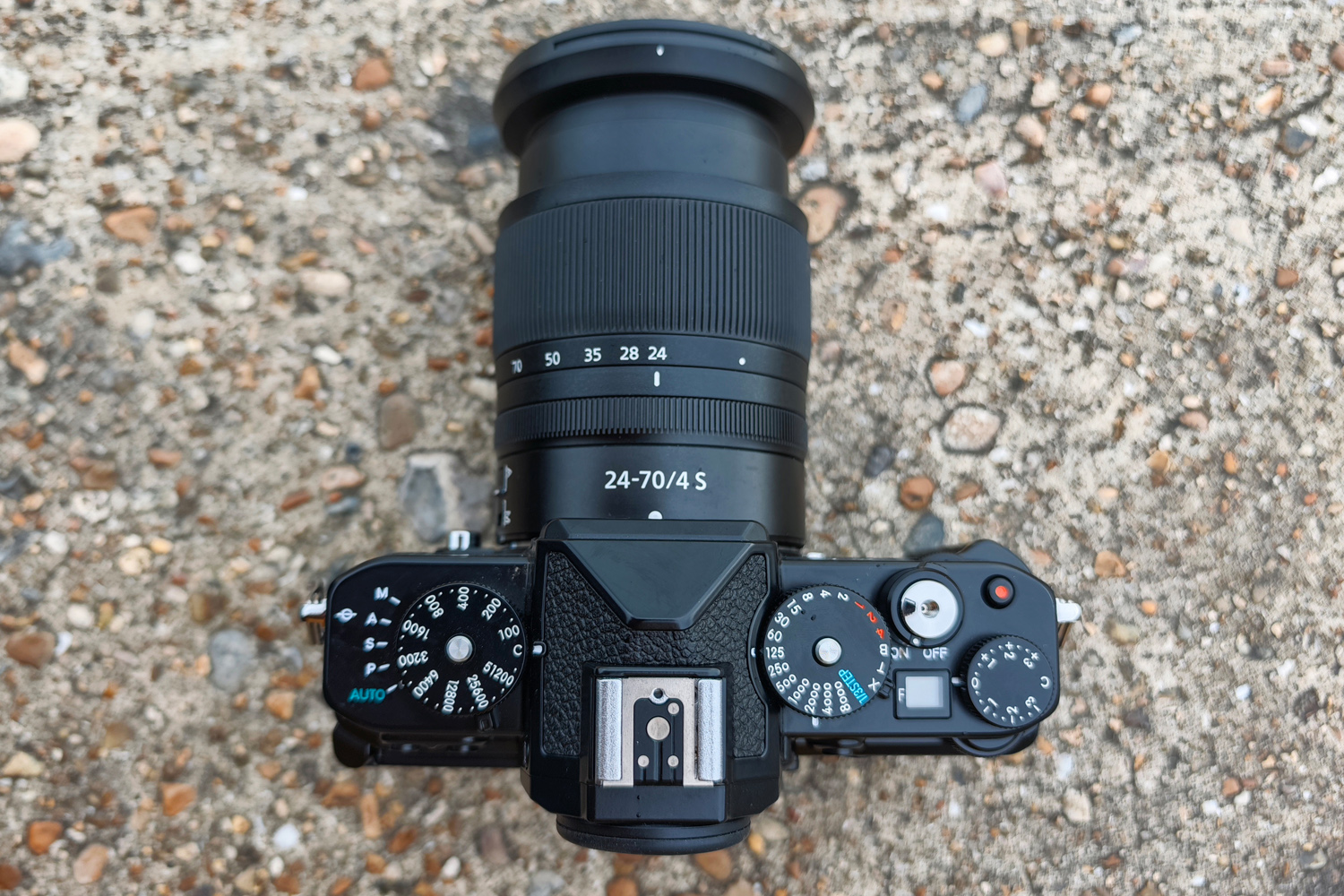
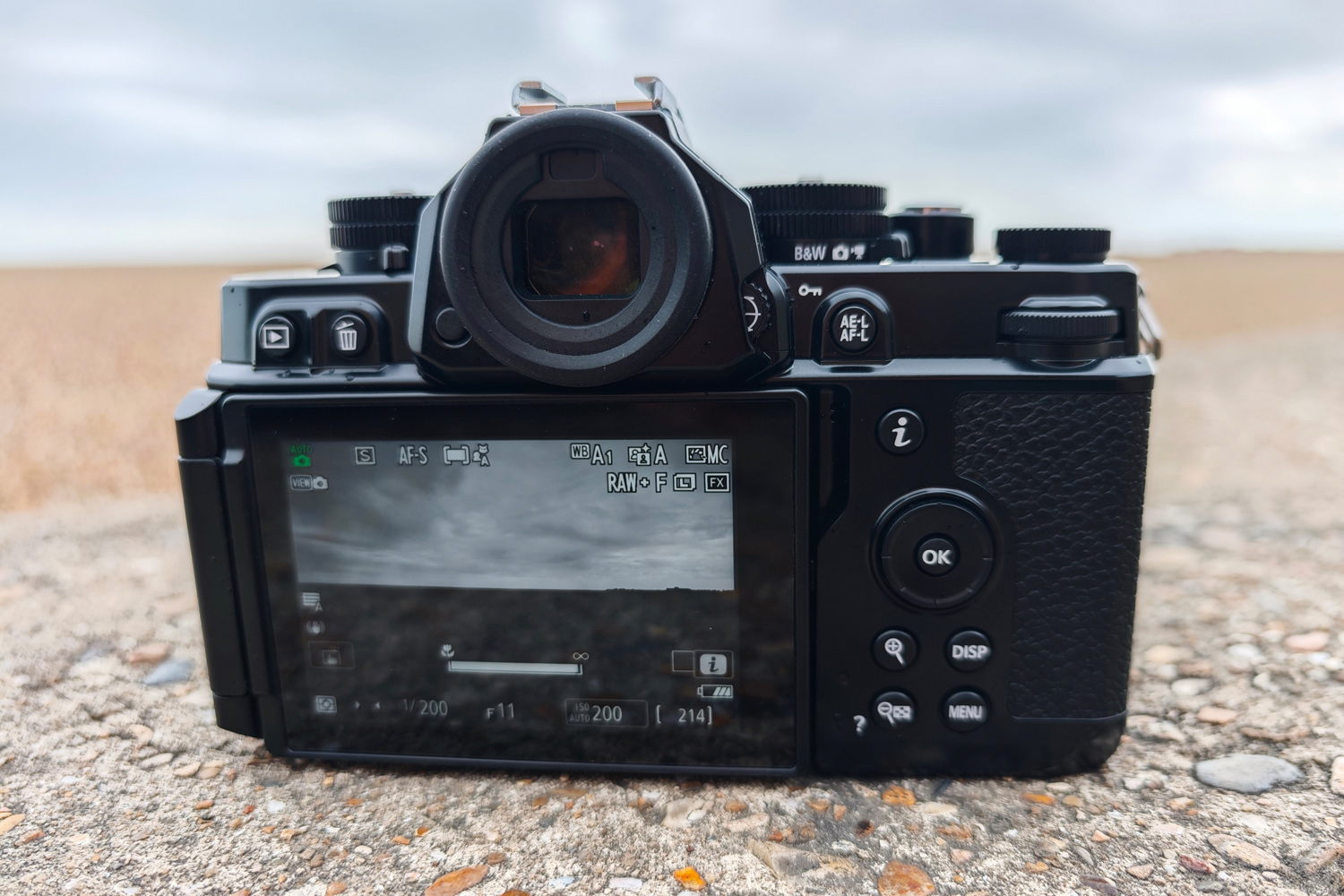
The Zf is almost the spitting image of the Z fc, only made slightly bigger to accommodate the larger full-frame sensor. Nikon has majorly stepped up its materials game, though, with a magnesium alloy body and matching dials on the top plate that are oh-so-satisfying to twist. The whole thing is dust and drip resistant, which is on par with similarly-priced rivals.
Nikon’s retro influence extends to the hand grip, or lack of one. It protrudes the tiniest amount from the camera body, just like the old FM2, and gives you very little to get your mitts around. At 50g heavier than a Sony a7 IV before you bolt on a lens, it can make prolonged shooting a bit of a chore. I quickly attached a shoulder strap and found it much easier to use all day.
The camera body is only available in black; there’s no silver option like on the Z fc. The leatherette finish, though? Nikon has six impactful options to choose from aside from basic black. Sunset Orange, Moss Green and Indigo Blue are my favourites, and help make the Z f look a little less imposing.
Most of the controls are found on the top plate, with a bunch of double-stacked dials and mode switches. The tiny LCD display showing aperture values is a nice touch, though I kept forgetting it was there and mainly checked my settings using the EVF or LCD touchscreen.
The shutter button is threaded, but not for a cable release; it’s only good for adding a soft shutter button, so is more of an aesthetic addition than a useful one.
Features & battery life: packs ’em in
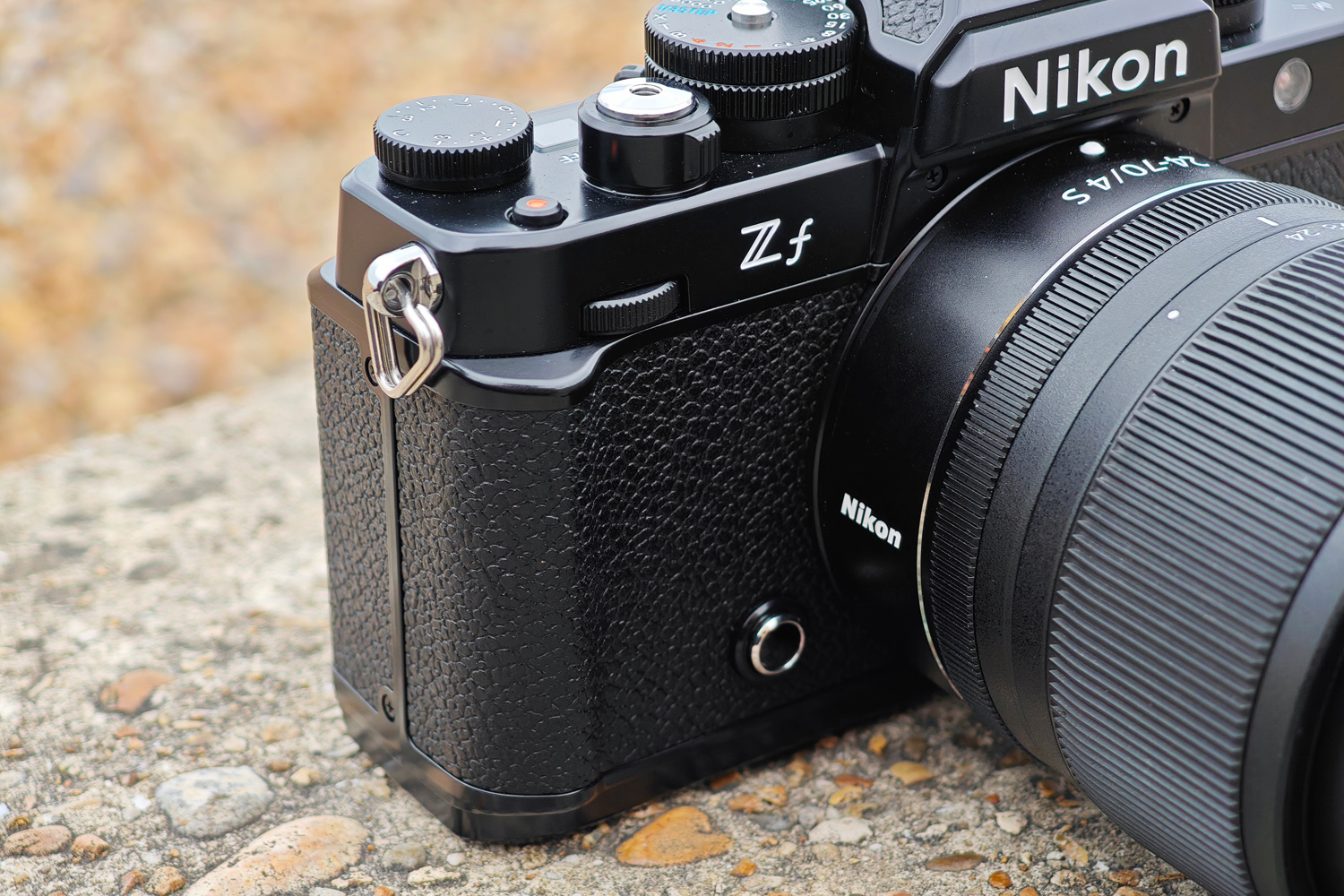
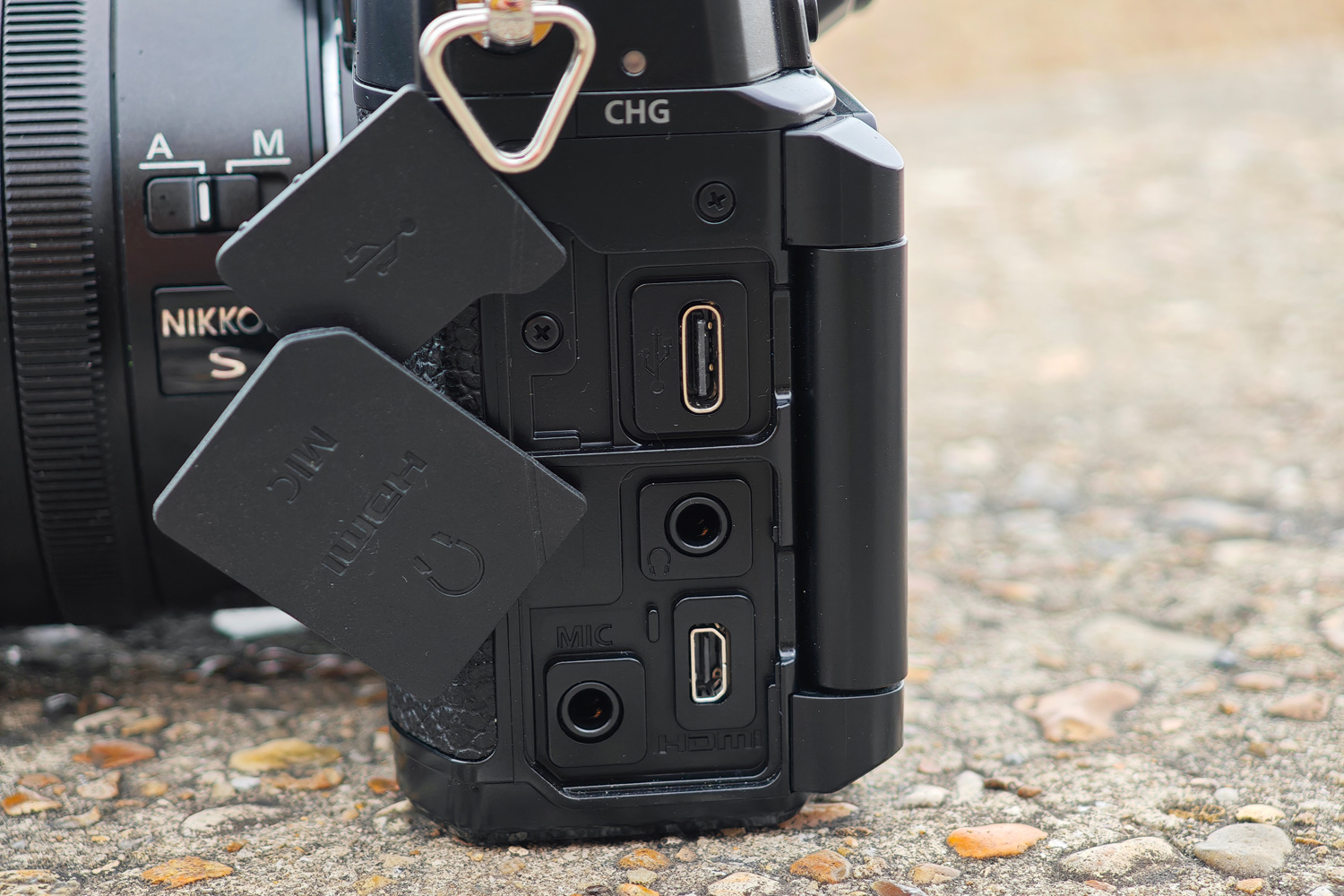
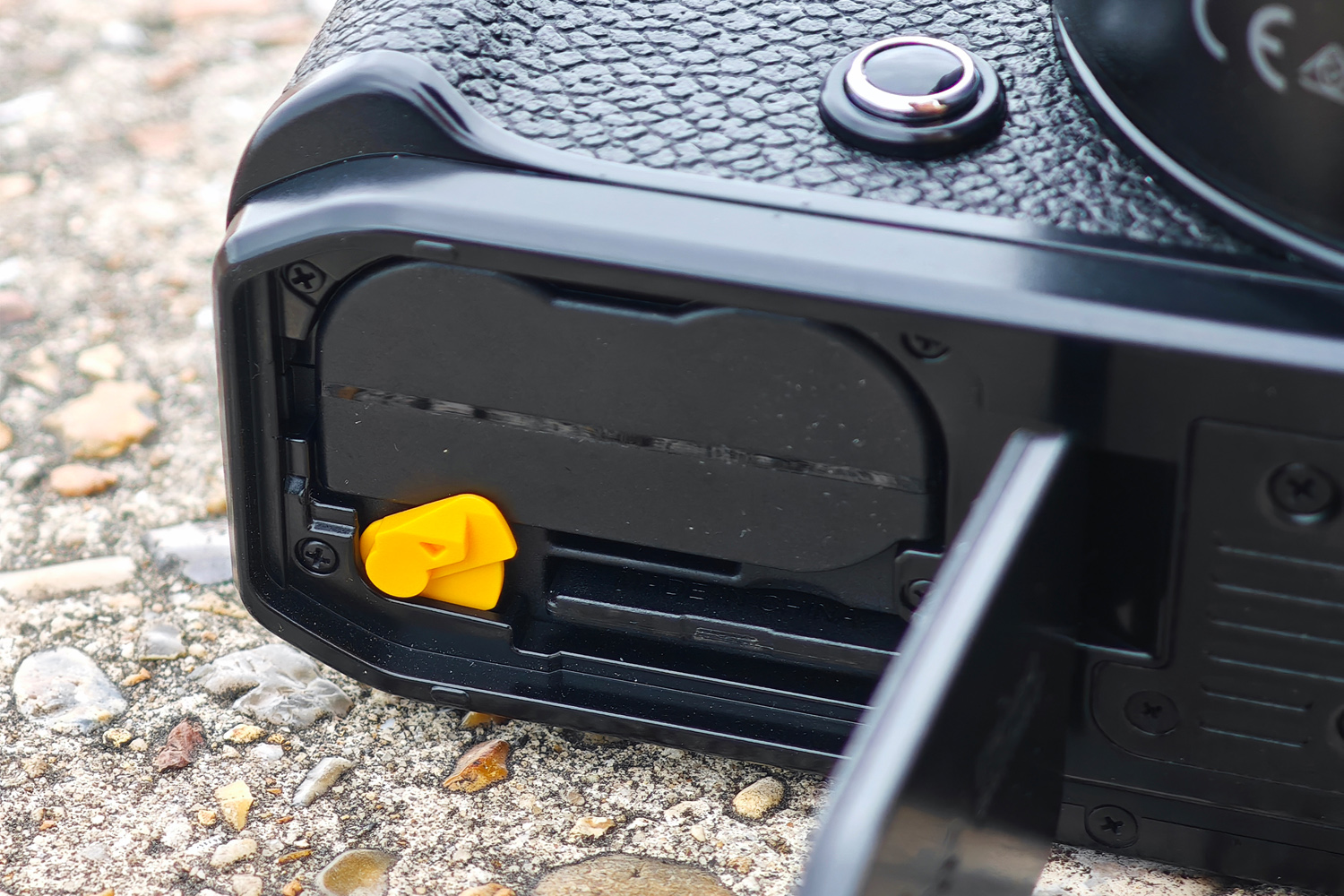
Shutter speed, ISO and exposure compensation each get their own dedicated dial, with a PASM switch that overwrites them for automatic mode shooting. This effectively makes adjusting one setting a two-action process in some modes, which is more of a faff than on dial-heavy cameras from Fujifilm and Leica. A Custom value is sort of a half-way house, with auto ISO only available through the touchscreen. Nikon lenses don’t have aperture control rings, either, so it’s a very different experience if you’re coming from a rival system.
I had no complaints once I got my head around the controls, though. The OLED viewfinder is excellent, being bright, colourful and near-instantly responsive so I never missed the action. The LCD touchscreen is fully rotatable and flip-outable for vlogging, and isn’t stingy when it comes to brightness either.
This camera isn’t short on connectivity, with Wi-Fi and Bluetooth for use with Nikon’s Snapbridge smartphone app, USB-C for power and data transfer, 3.5mm in and outs for a microphone and headphone monitoring, and a micro-HDMI port for video. There are also two card slots, but Nikon has gone with one SD and one microSD rather than twin SDs. Only the SD slot supports UHS-II transfer speeds (which will only be noticeable if you shoot long RAW bursts) and it can be fiddly to remove a fitted microSD card. At least this setup provides an overflow if you fill your main card, a backup in case of card failure, or a way to split JPEG and RAW shots between media.
I found the Zf’s battery life to be decent, at roughly 380 shots between charges – though close rivals will admittedly manage 10-20% more. An energy saving mode boosted things north of 400 shots when I knew I was a long way from a plug socket. It charges over USB-C, so a portable power bank can help you out of a bind. There’s no separate charger for topping up any spare batteries you may have, though.
Performance: hocus focus
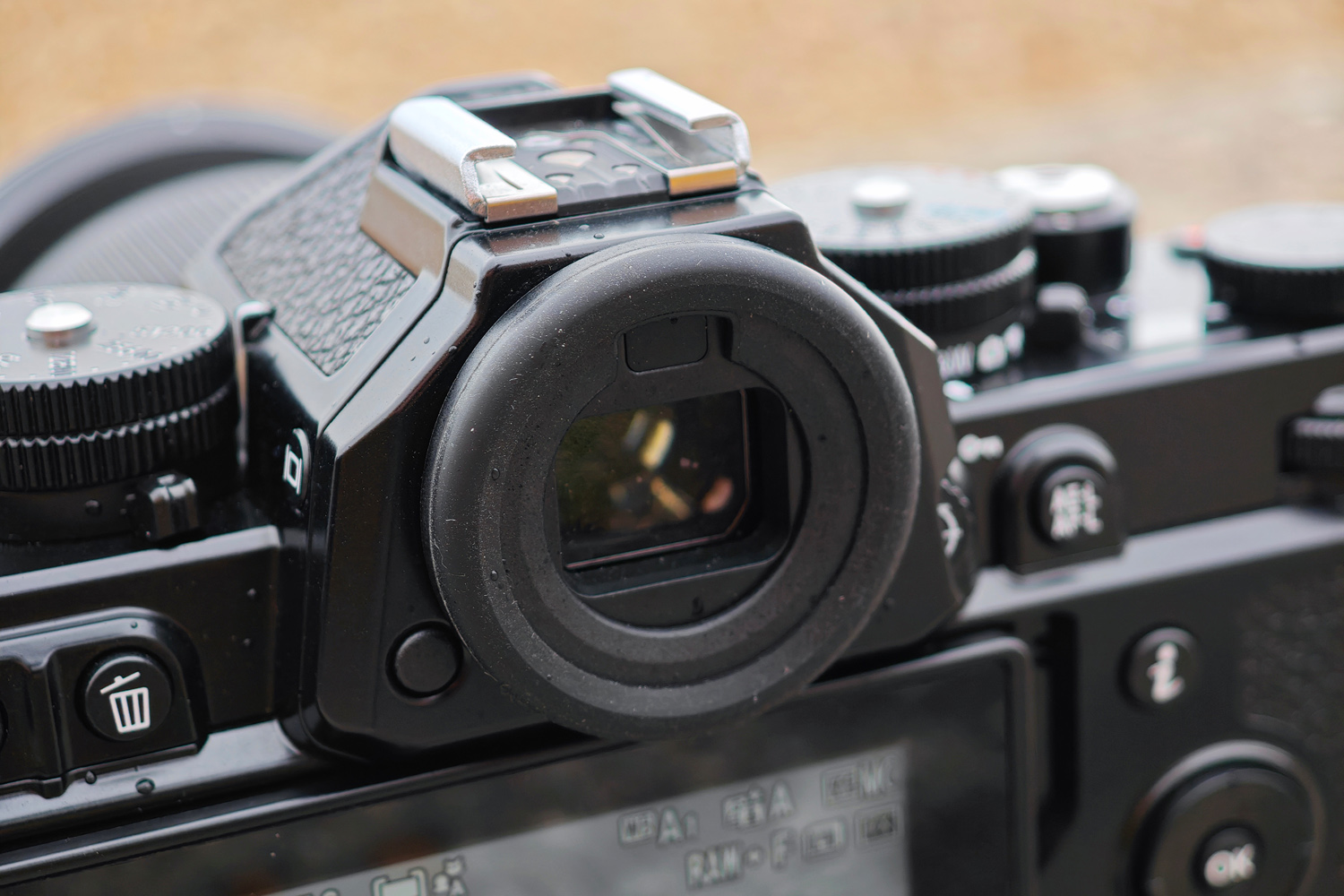
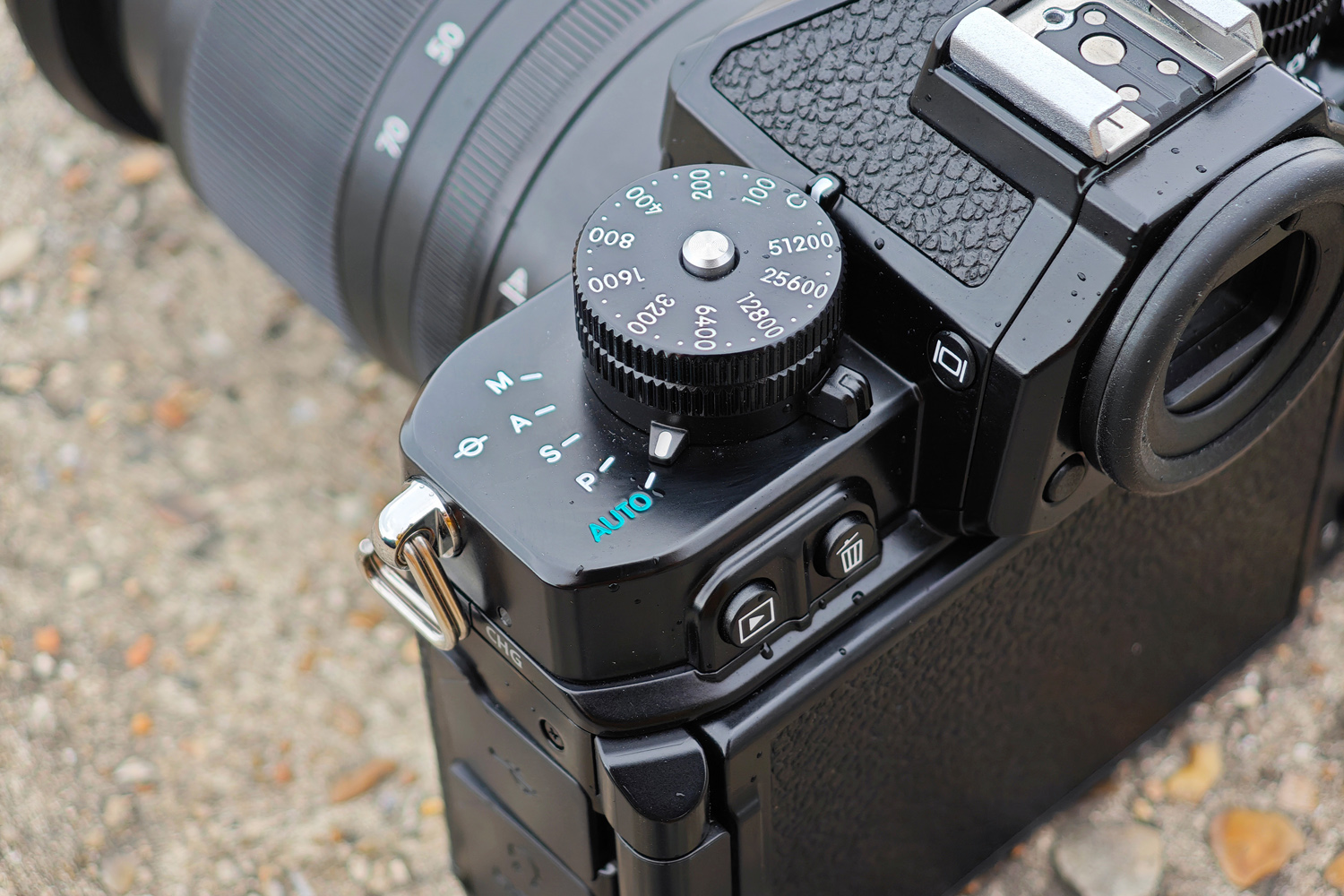
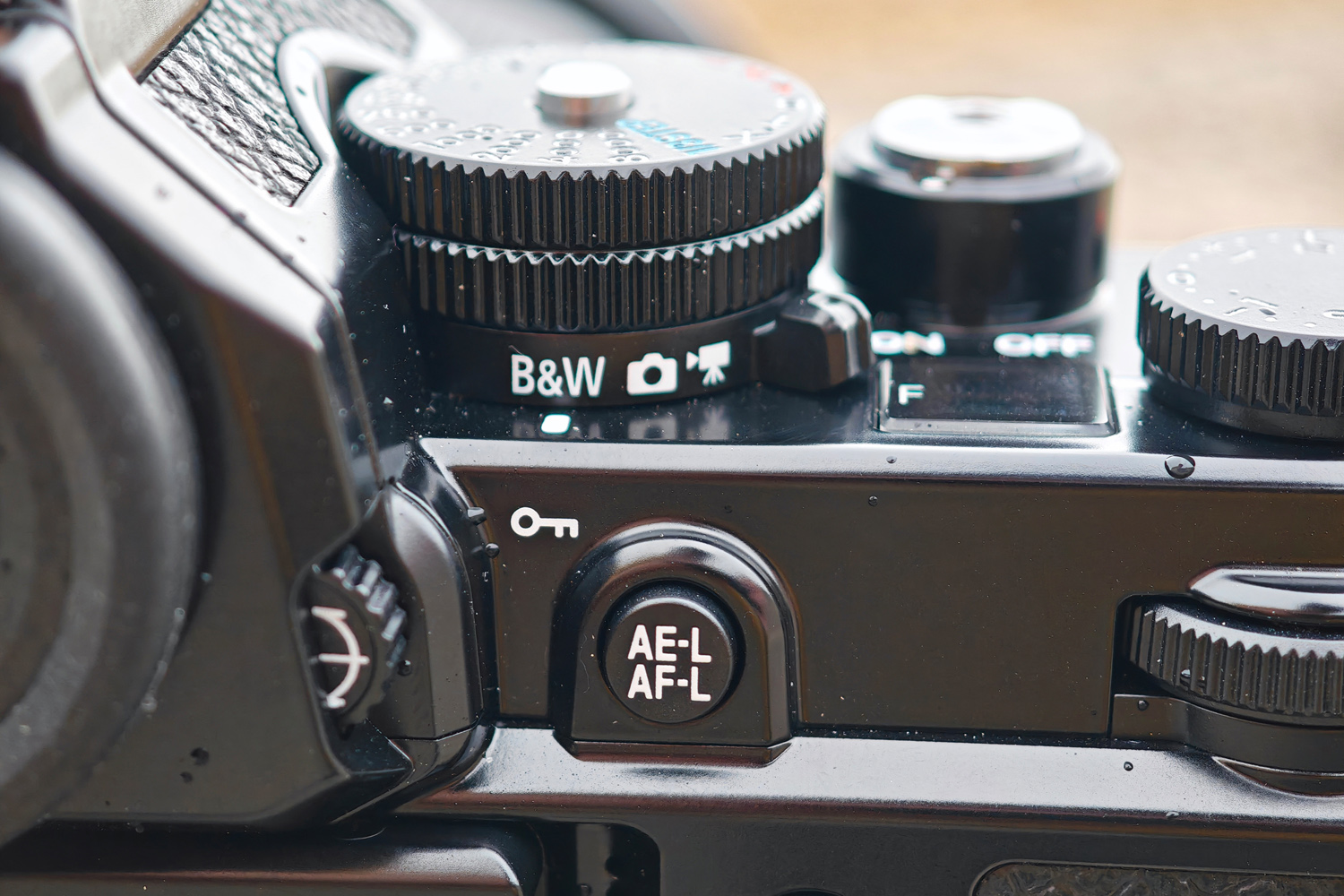
Nikon’s Expeed 7 image processor is a big step up over the previous generation, bringing subject detection autofocus that works across 299 AF points. It can spot people, cats, dogs, birds, cars, motorbikes, bicycles, trains, and airplanes, either individually or in an auto mode. It’s rapid, impressively accurate, and works right down to -10EV – which is mighty impressive, even if I rarely found a shooting scenario where that was needed. It can also work in manual focus mode, which is excellent if you’ve got old lenses to bring out of retirement (ones with electronic contacts, anyway).
The Zf’s IBIS system brings 8.0 stops of image stabilisation, which meant I could get usable results at surprisingly slow shutter speeds. At the other end of the spectrum, it’ll rattle off shots at 7.8fps with continuous autofocus, which is plenty for street photography. Switch off live view between frames and use the electronic shutter, and it’ll manage 30fps. With the right lens it’ll be usable for wildlife and sports photography.
Shooting in general was lightning fast, thanks to a hair-trigger shutter button that only needs the lightest of touches to release.
I didn’t find much use for the Pixel-shift multi-shot mode, which stitches multiple shots together for a much higher resolution shot than the sensor can manage on its lonesome. It’s fine for static subjects you intend to print at extreme sizes, or need the most resolution, but it insists on a tripod (some rival systems can be used handheld) and the end result is generated on a computer, rather than in-camera.
Photo and video quality: star of the show
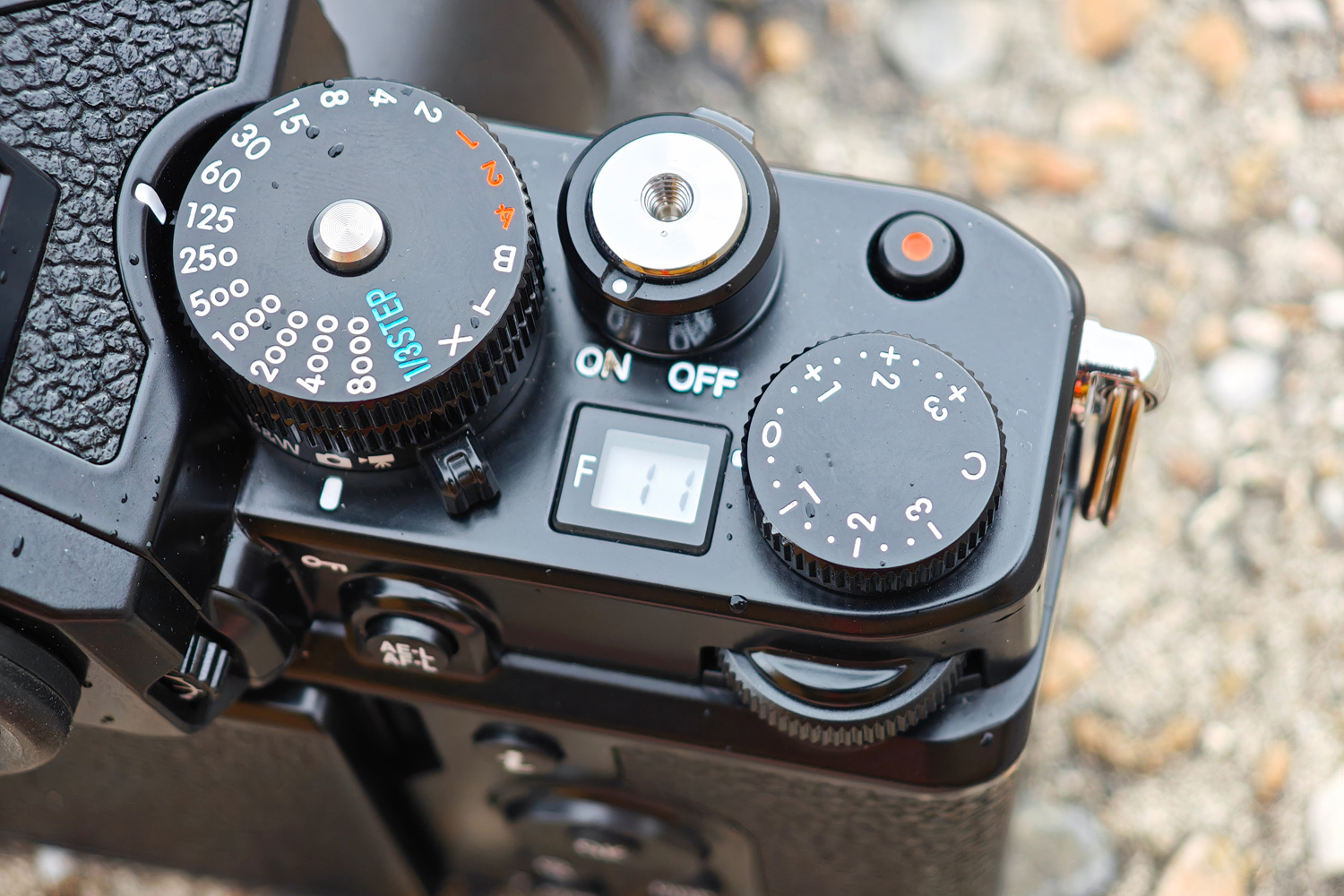
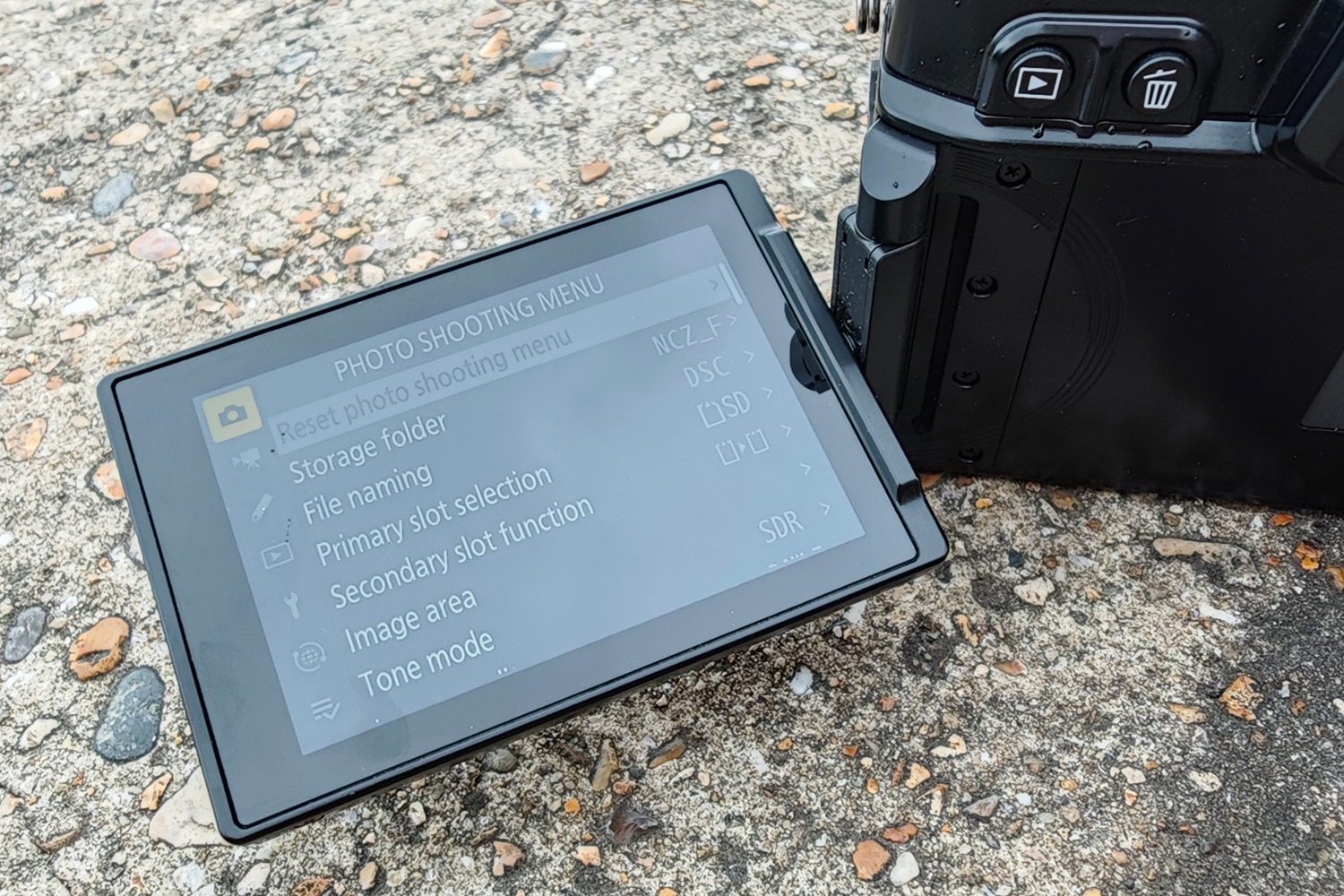
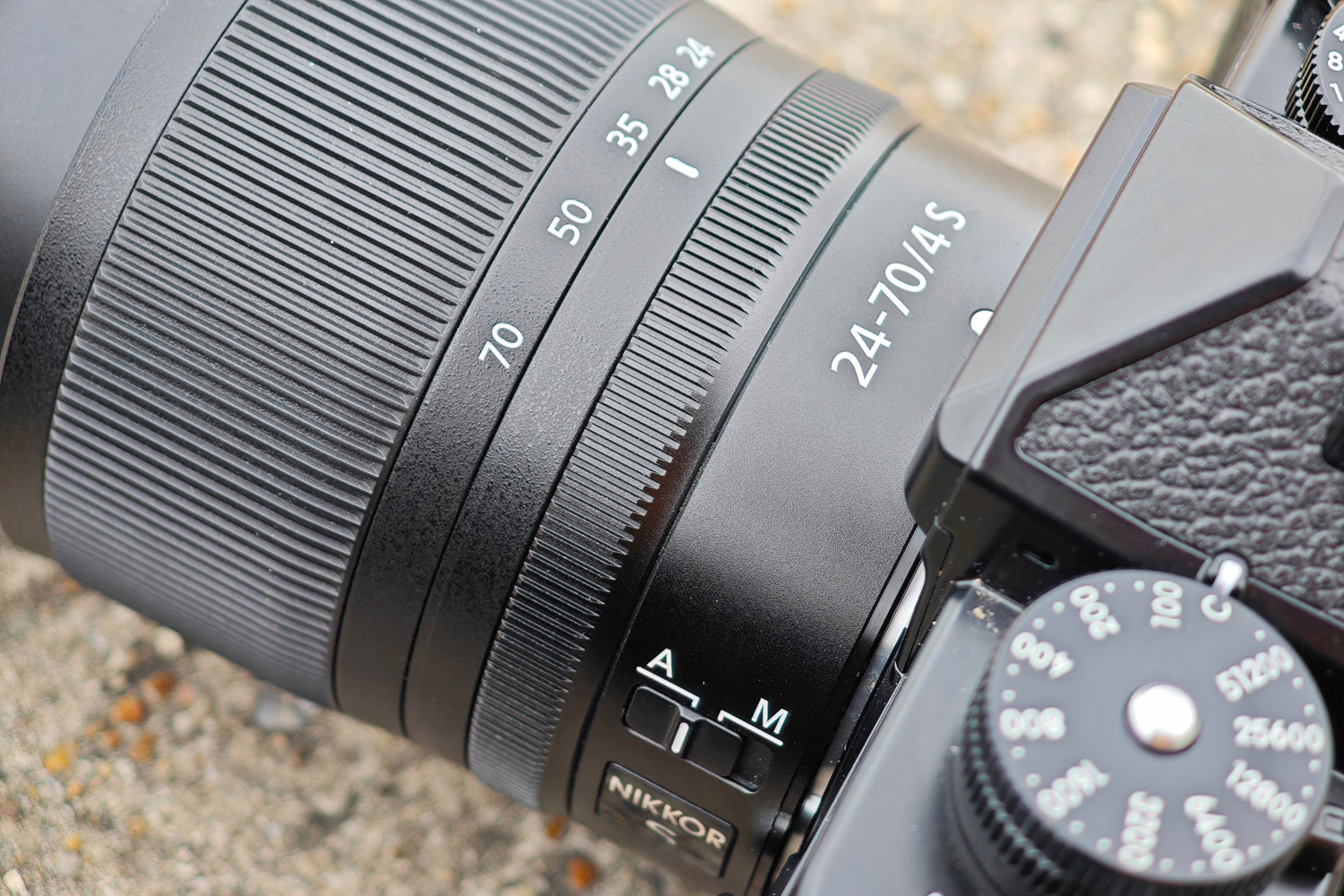
The Zf uses the same 24MP, Back Side Illuminated (BSI) sensor as Nikon’s previous full-frame efforts, including the Z6 II, only paired with a newer image processor. Stills quality is fantastic, with the sort of wonderfully saturated colours I’ve come to expect from Nikon cameras.
The Zf’s Natural Light Auto white balance setting is so good it’s almost “set and forget” territory, at least for outdoor scenes. The regular Auto mode does a better job inside, once you set it to ‘Keep warm lighting colors’ for a more natural rendition.
RAW files contain an exceptional amount of dynamic range, but JPEGs also manage to preserve both highlights and shadow detail well. Noise is non-existent at low ISO settings, and only starts to noticeably intrude above ISO6400. Still, I thought ISO12,800 was refreshingly usable. JPEG sharpening can be a bit aggressive across the board, though, with RAW shots appearing to retain more fine detail. The following shots have been resized from their original resolution:


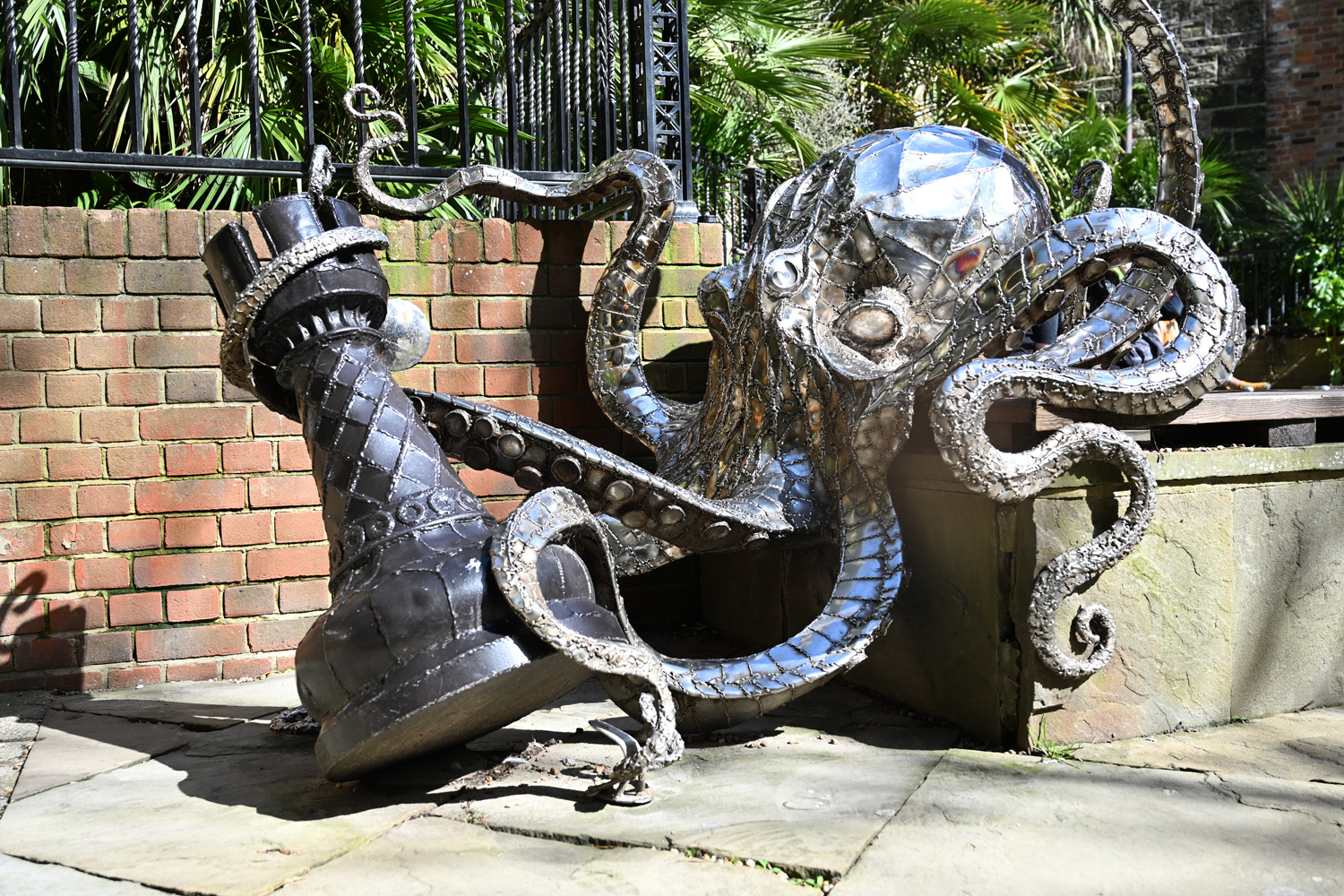

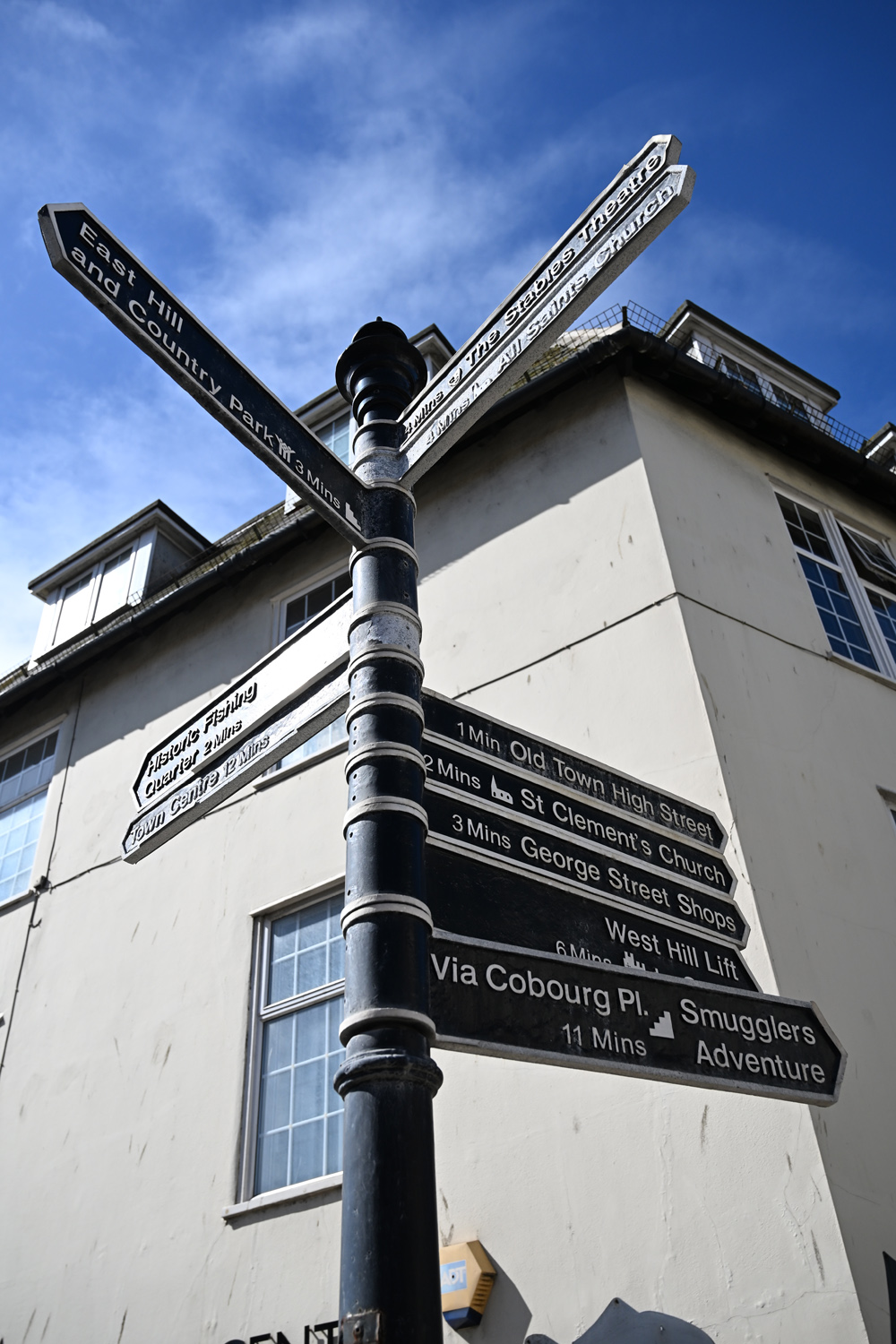
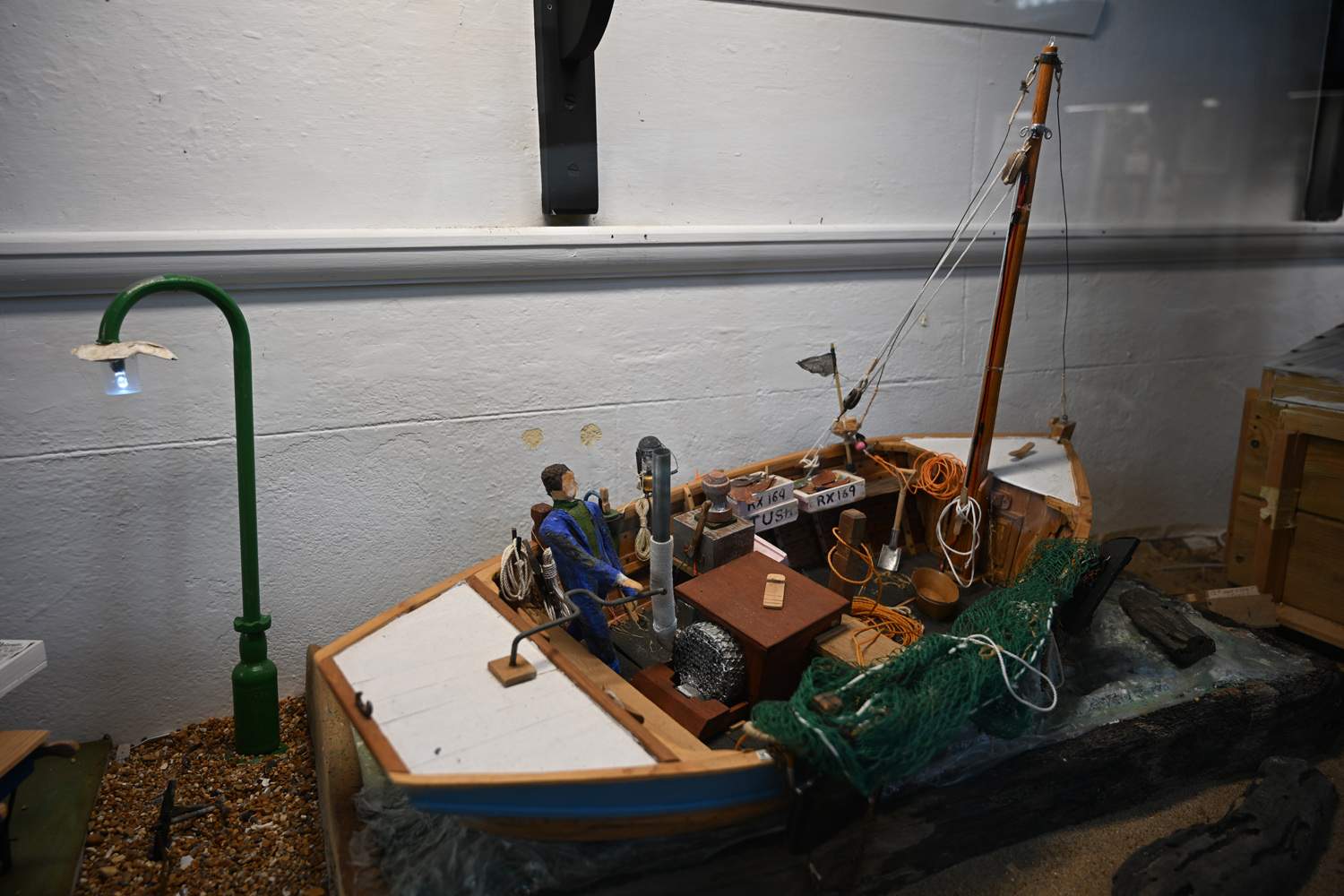
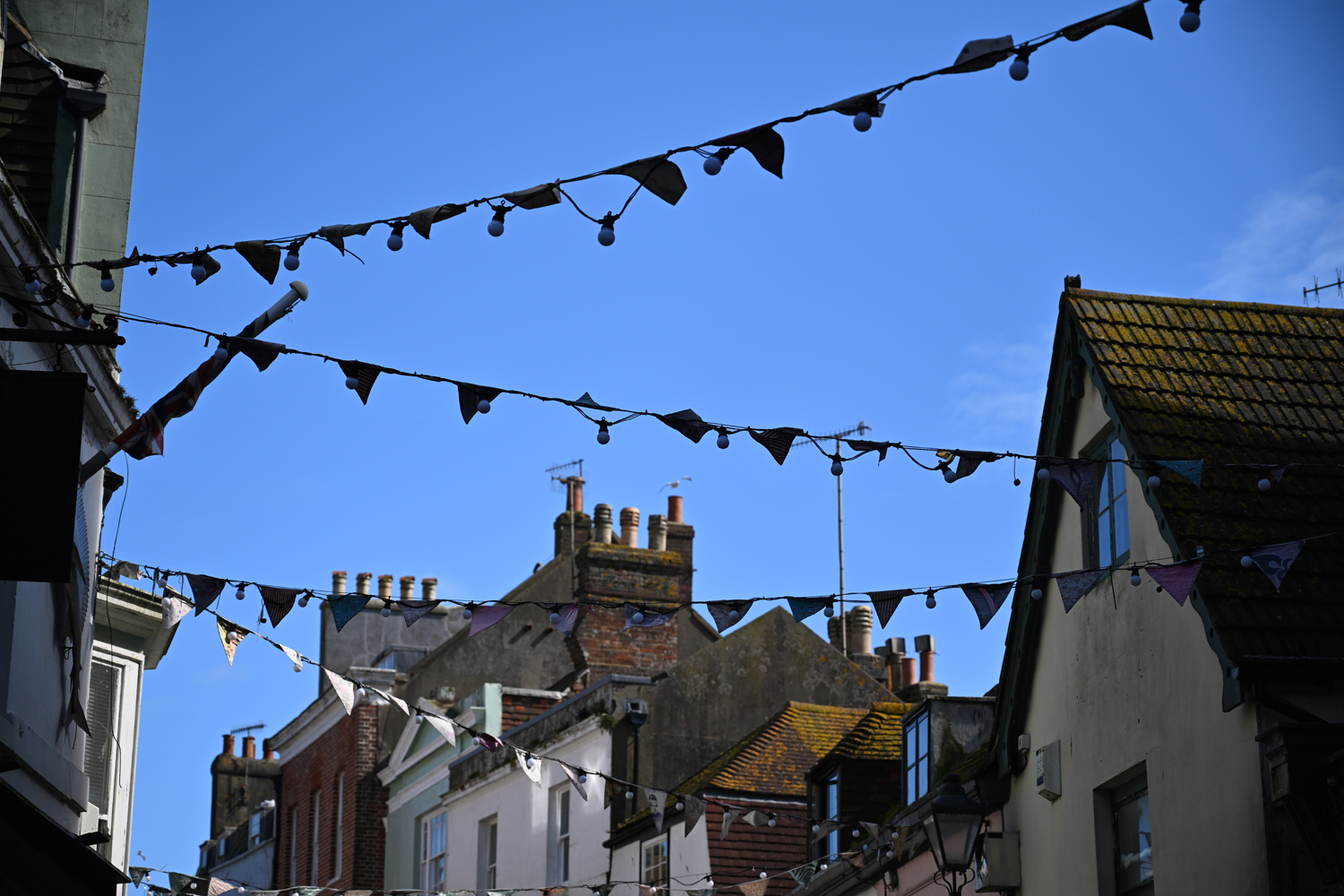
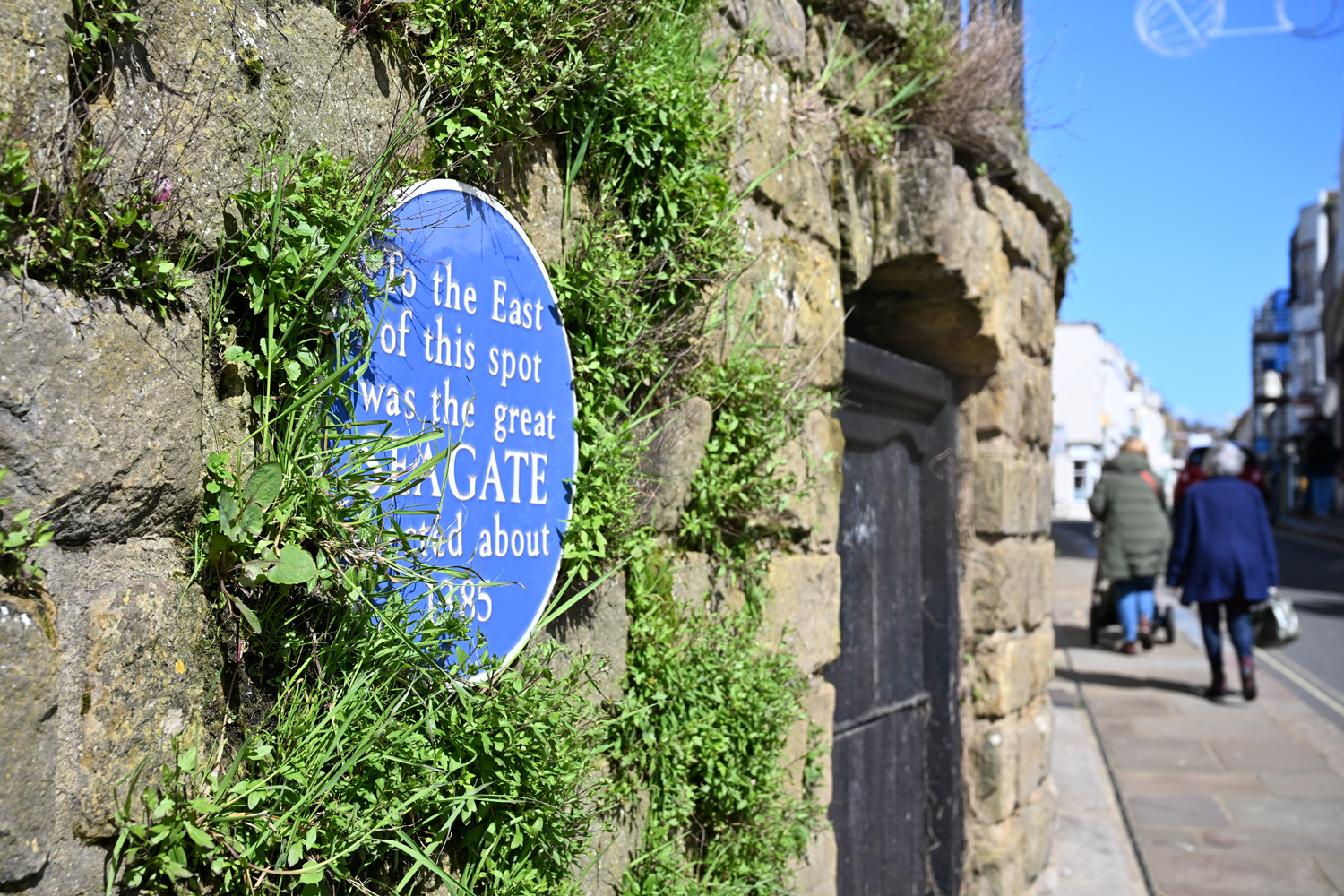
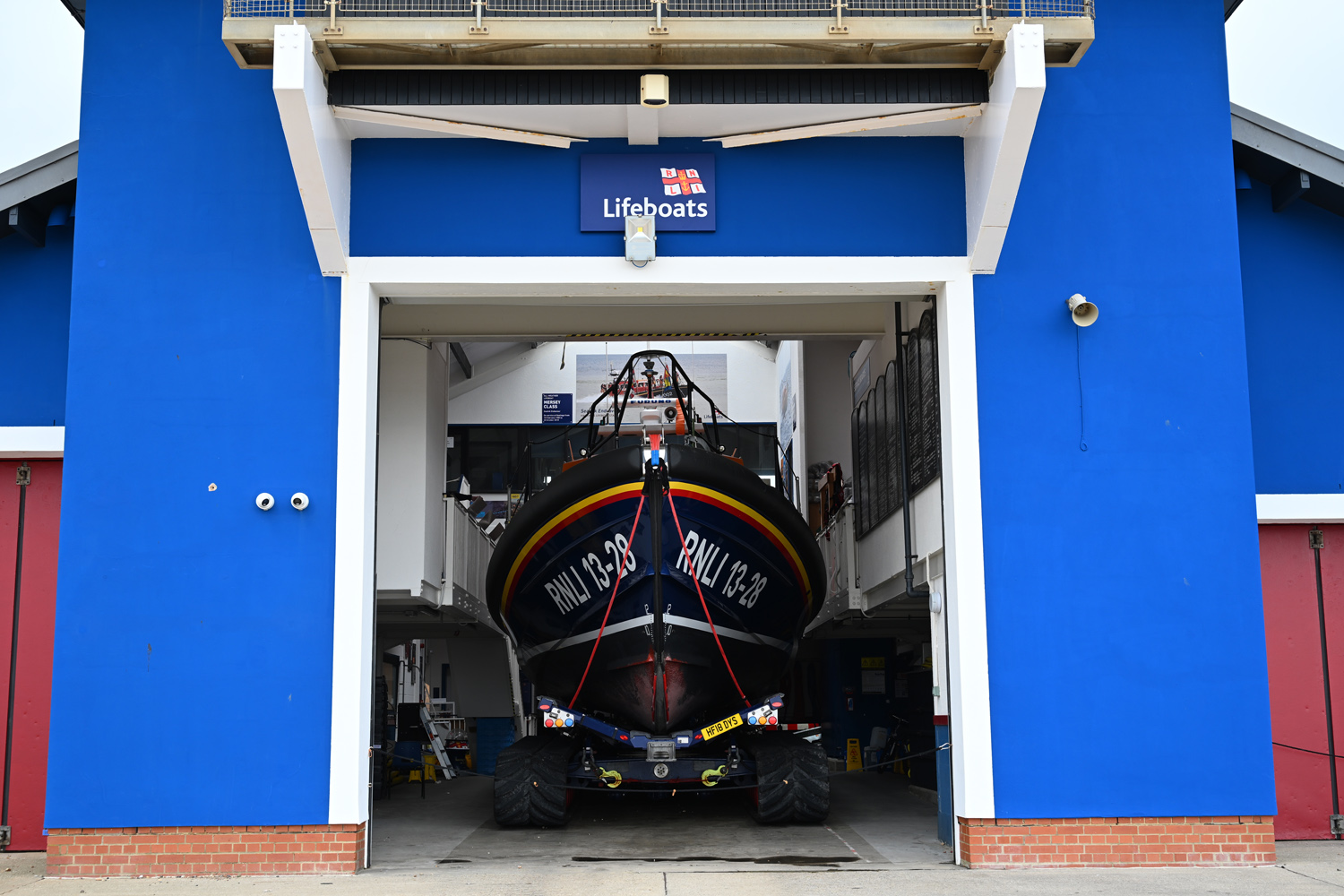

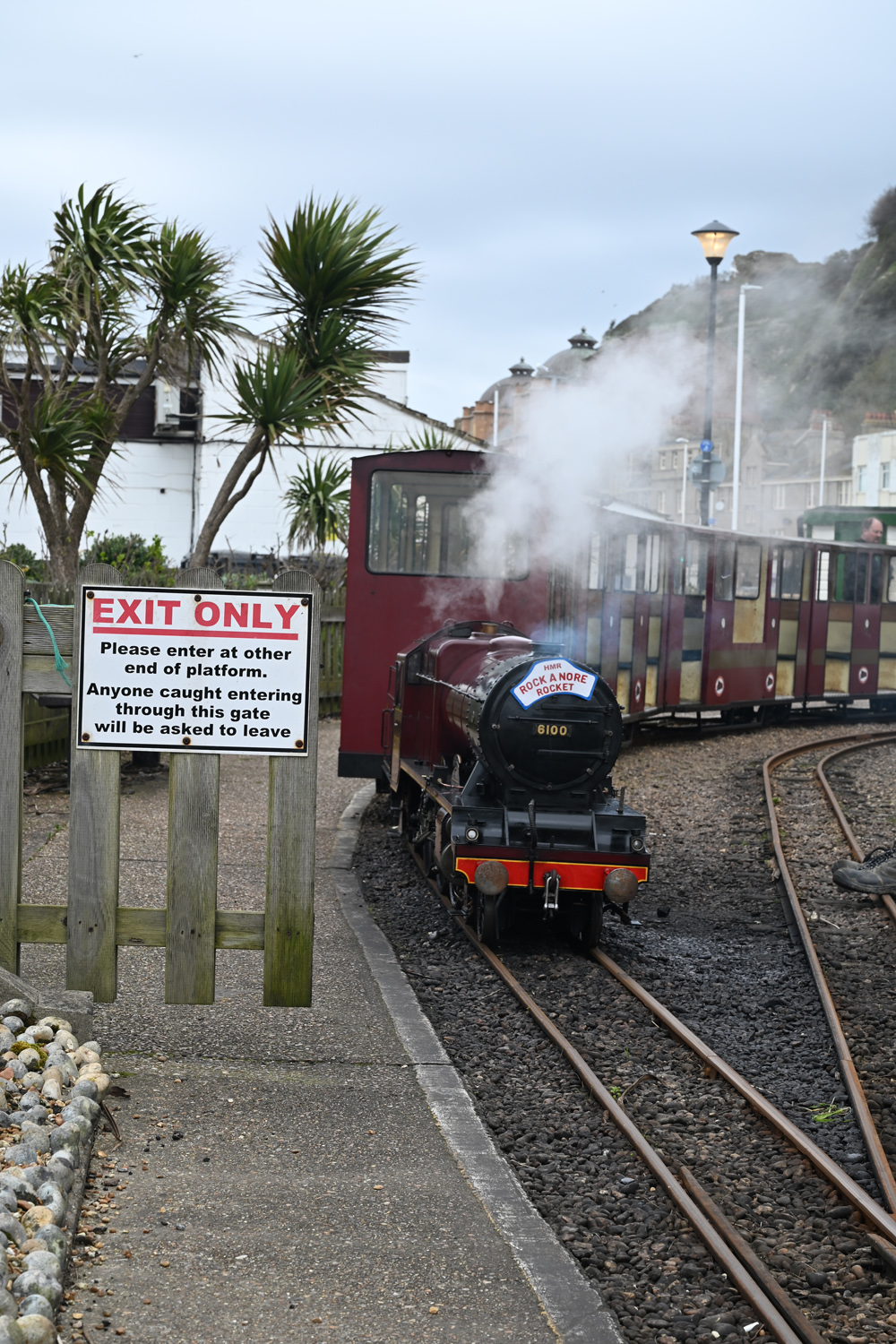
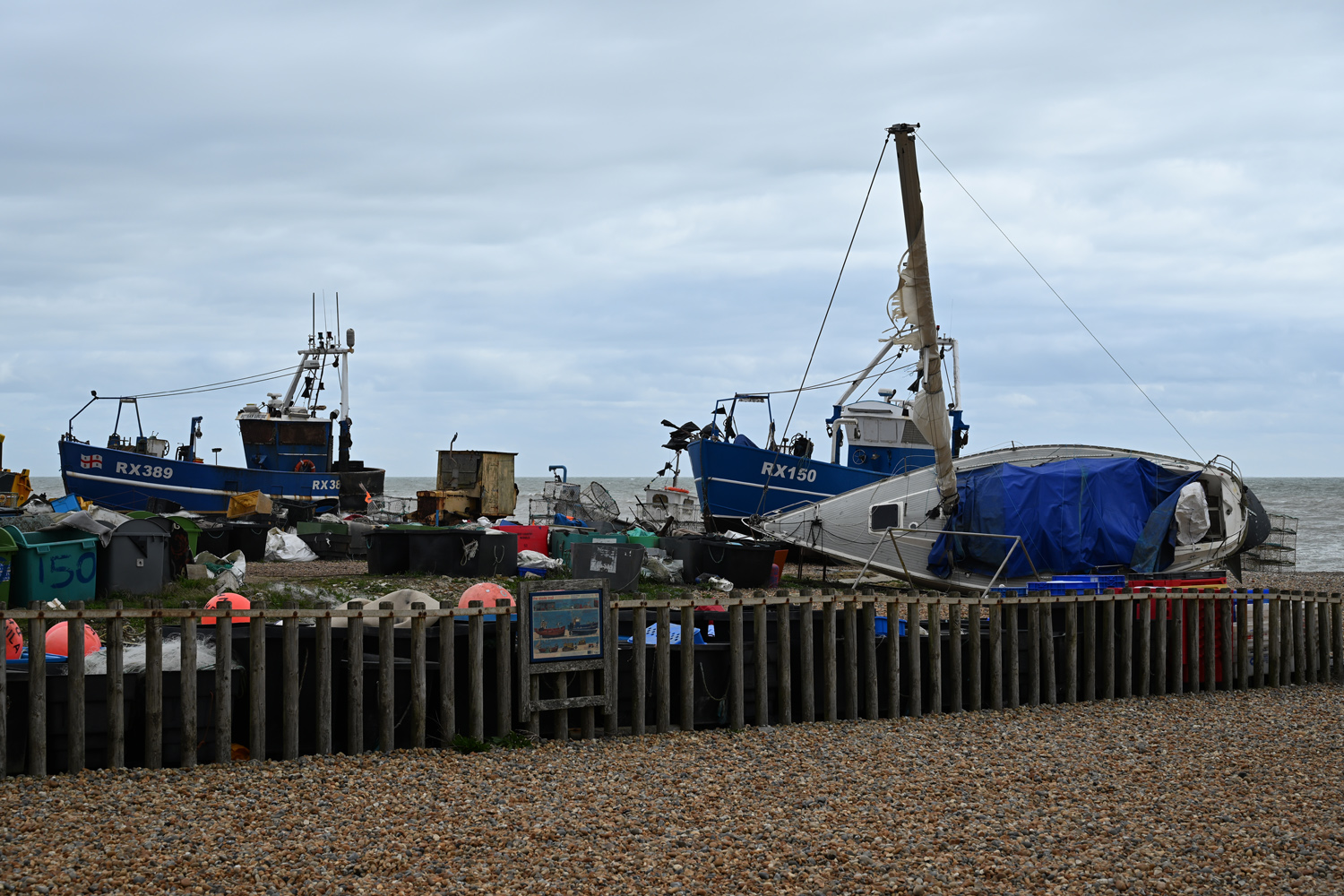
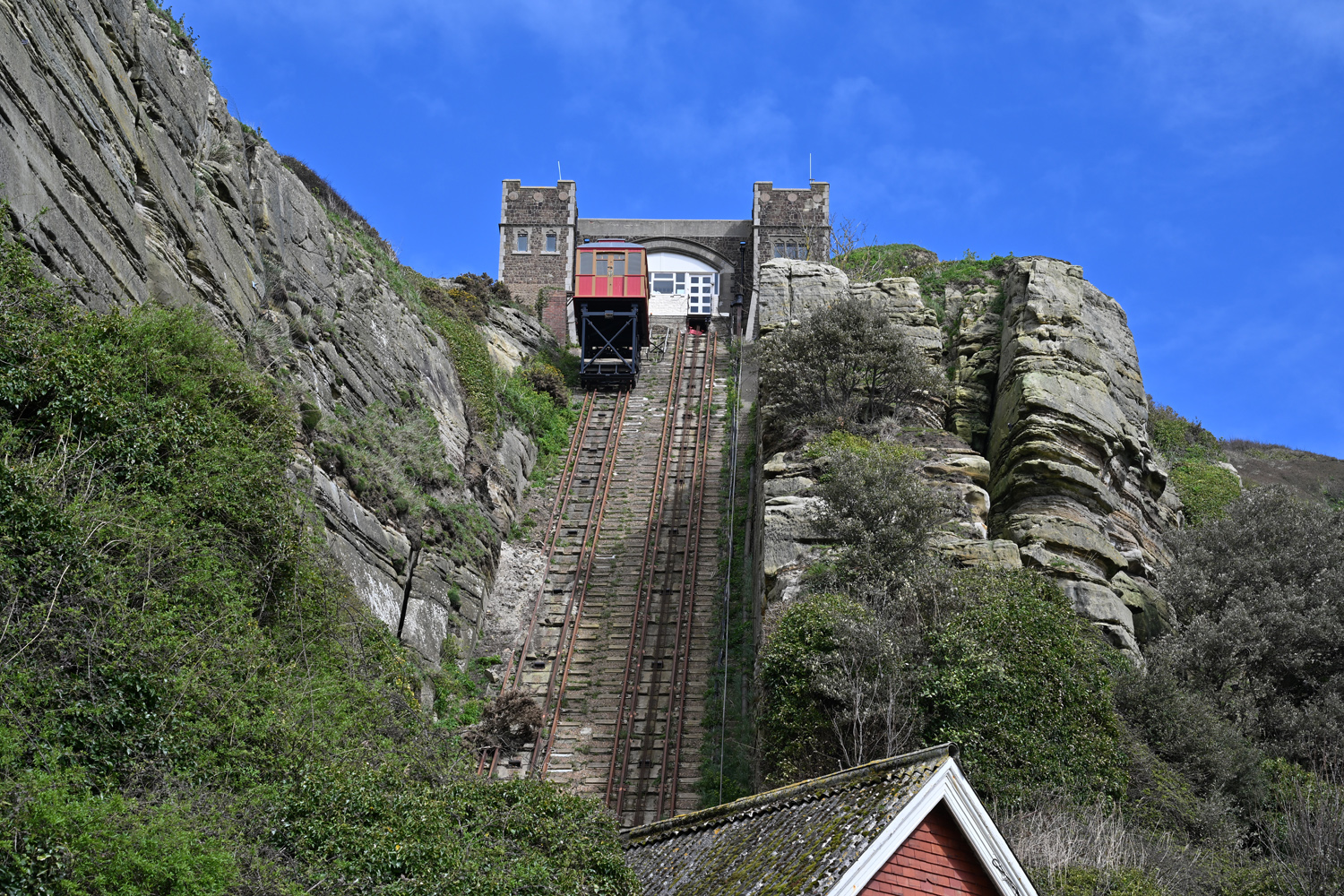
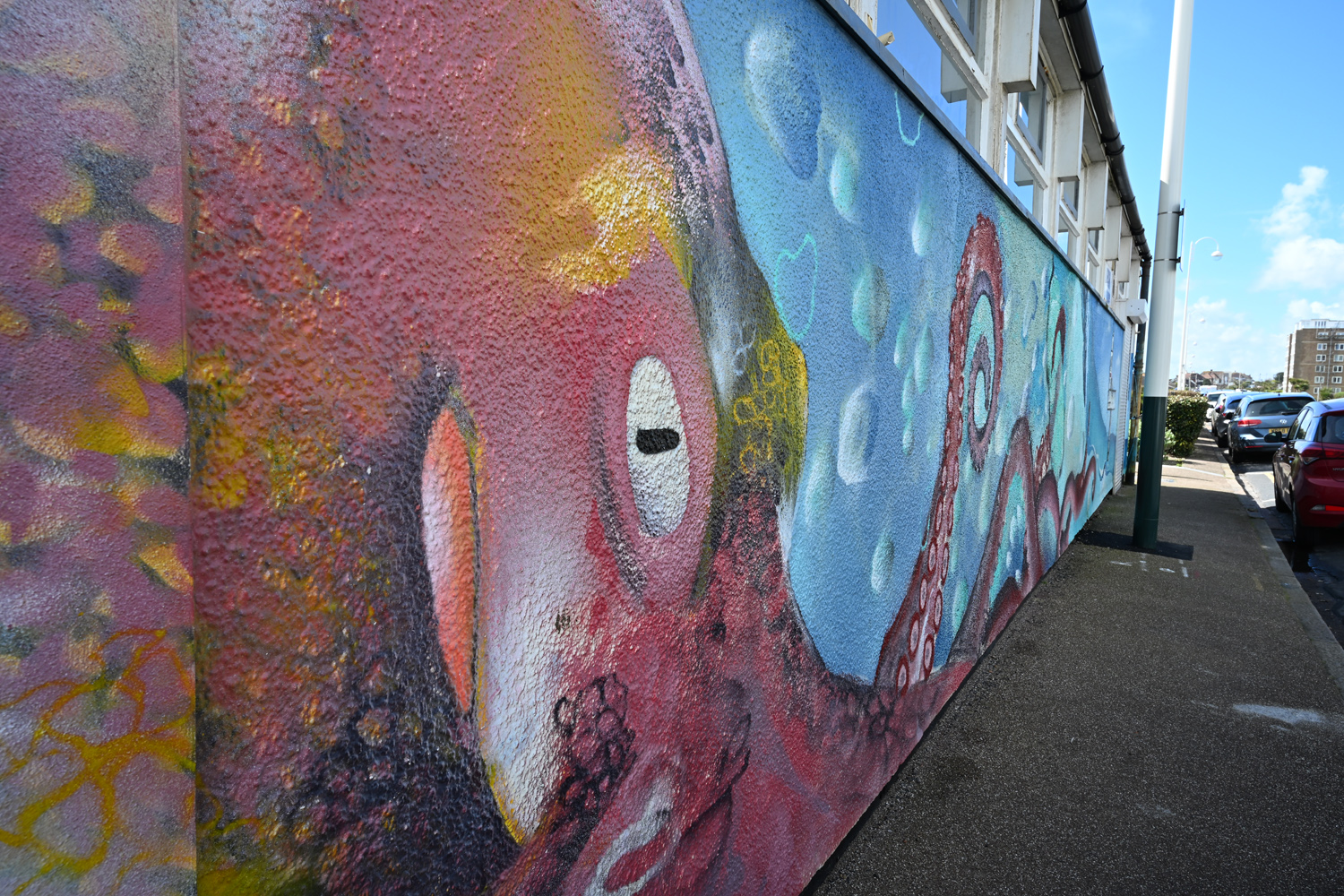
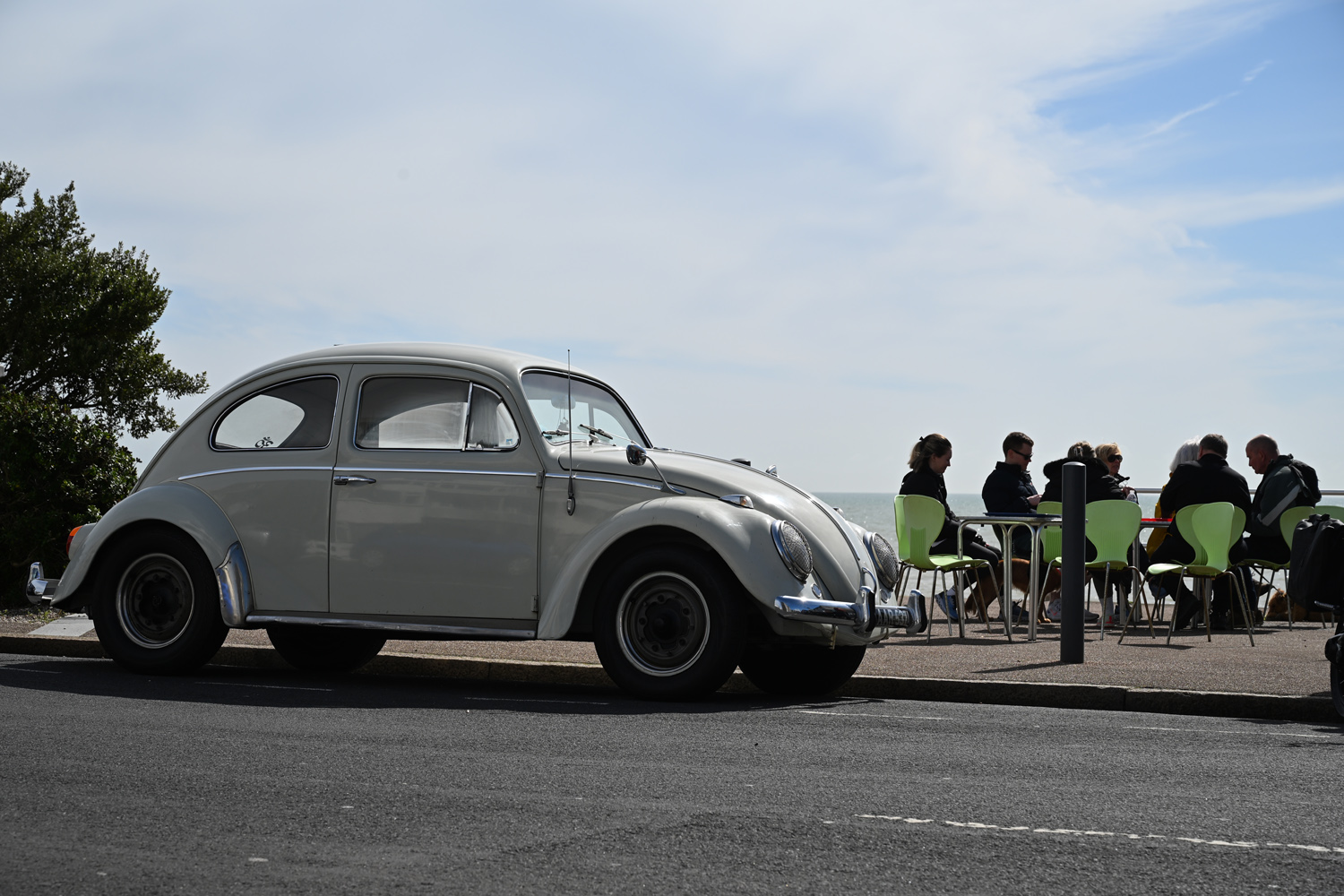
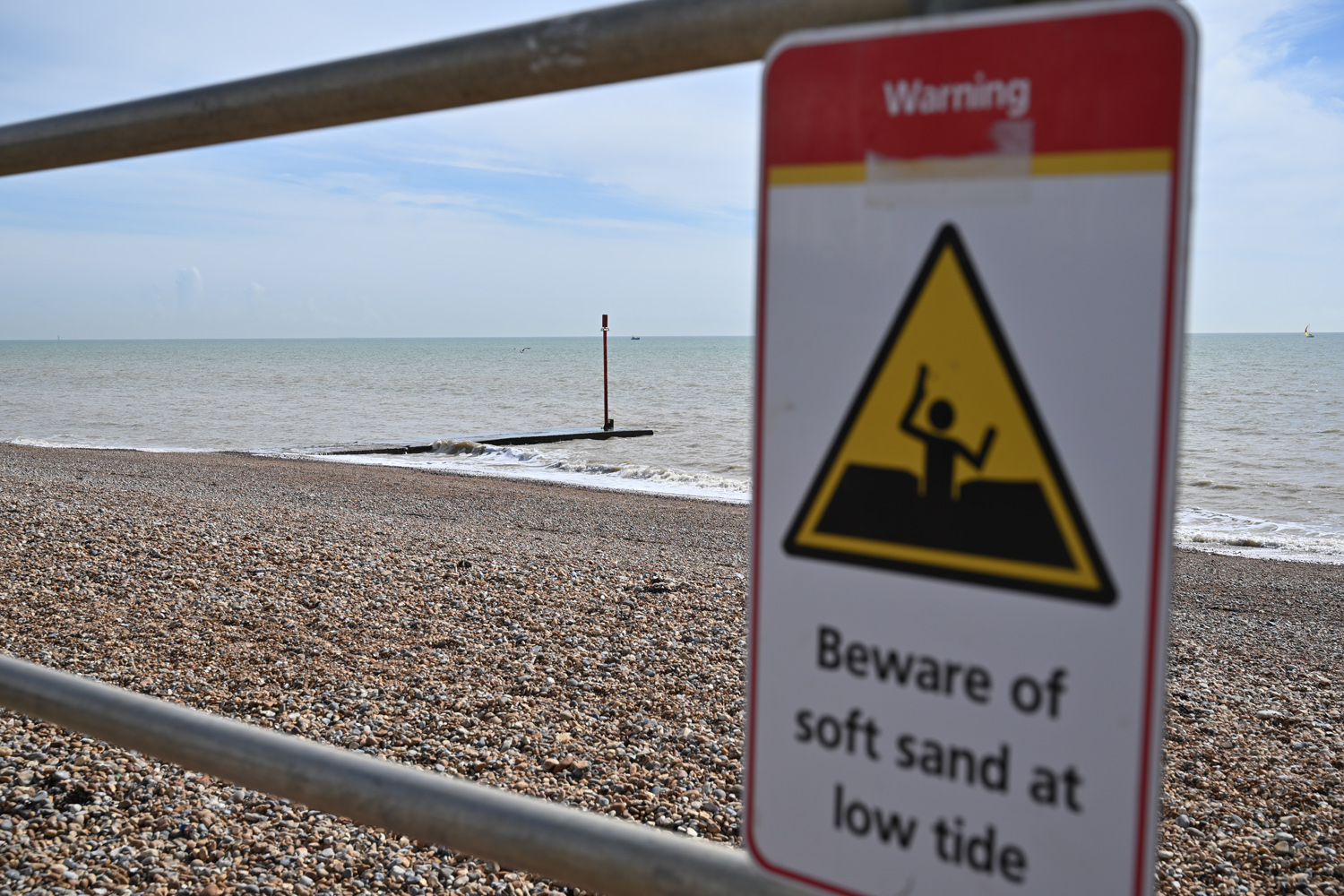

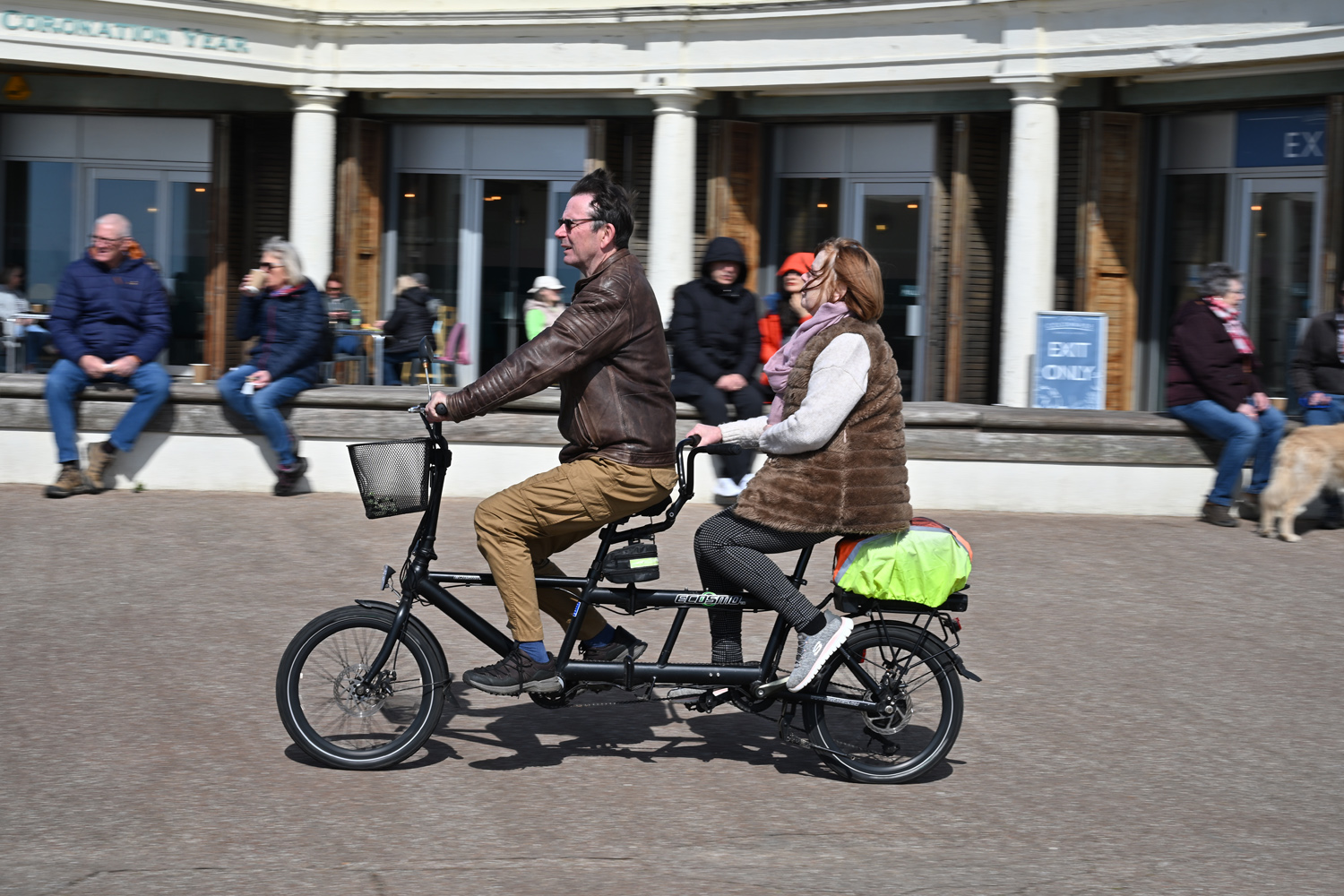
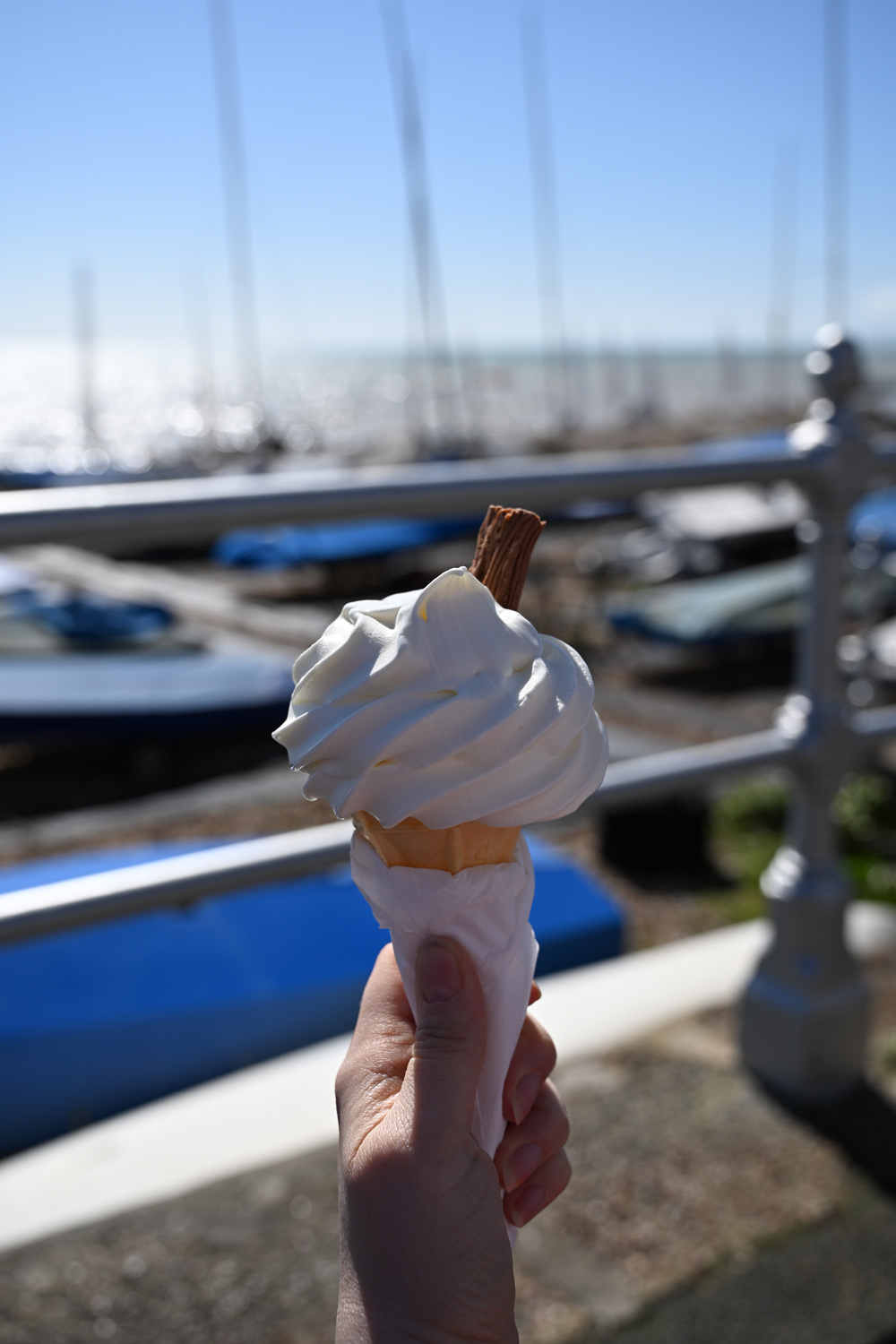
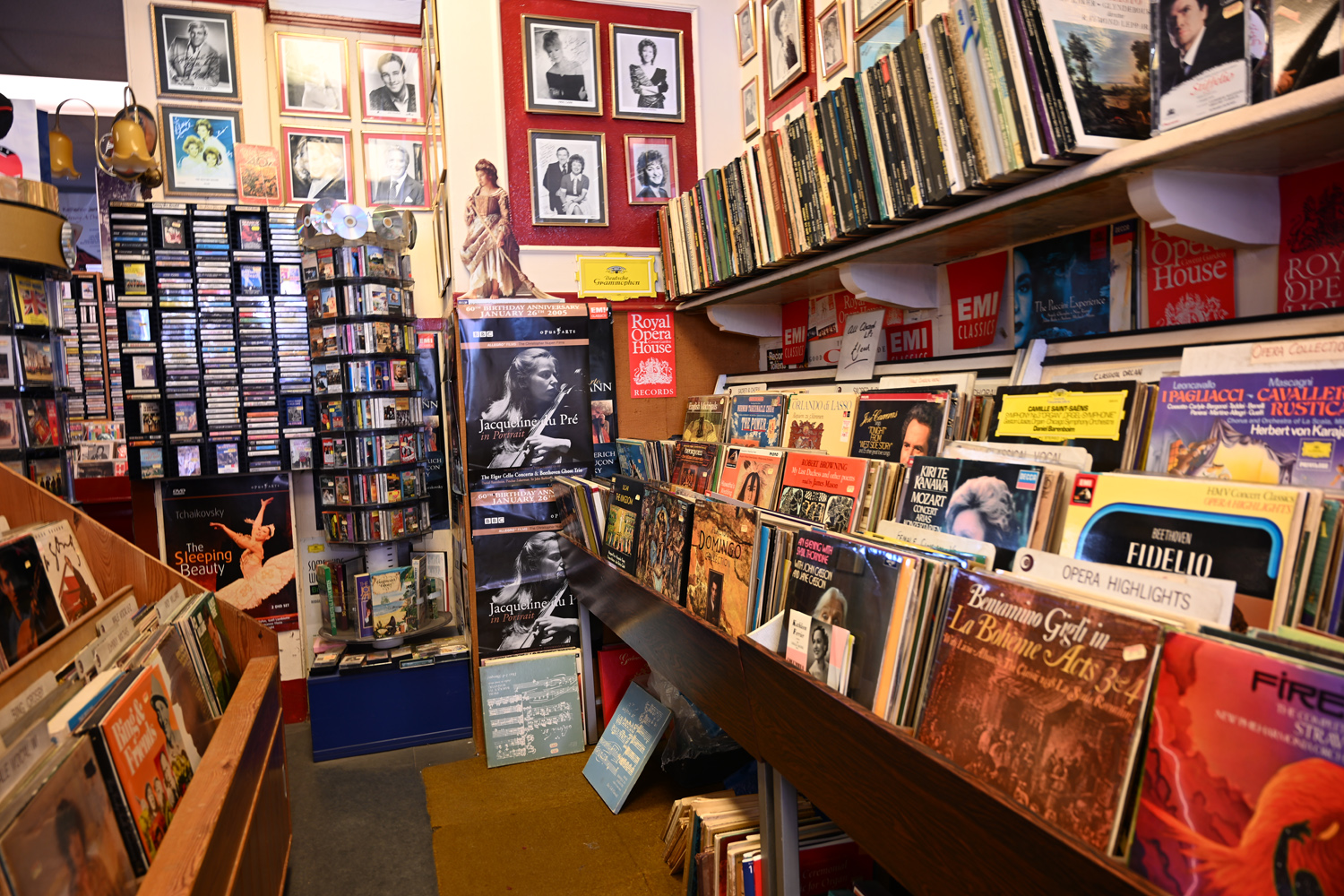
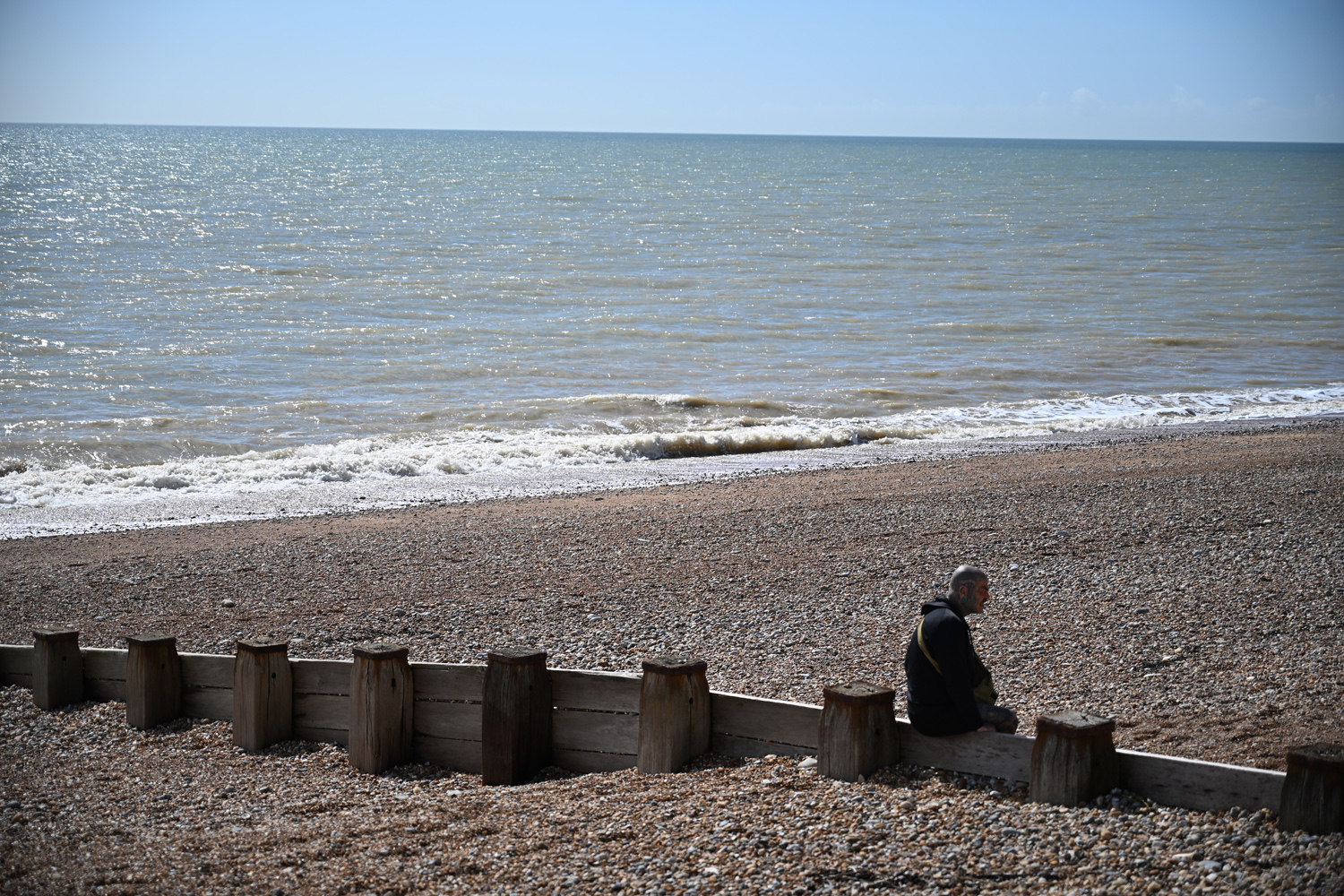
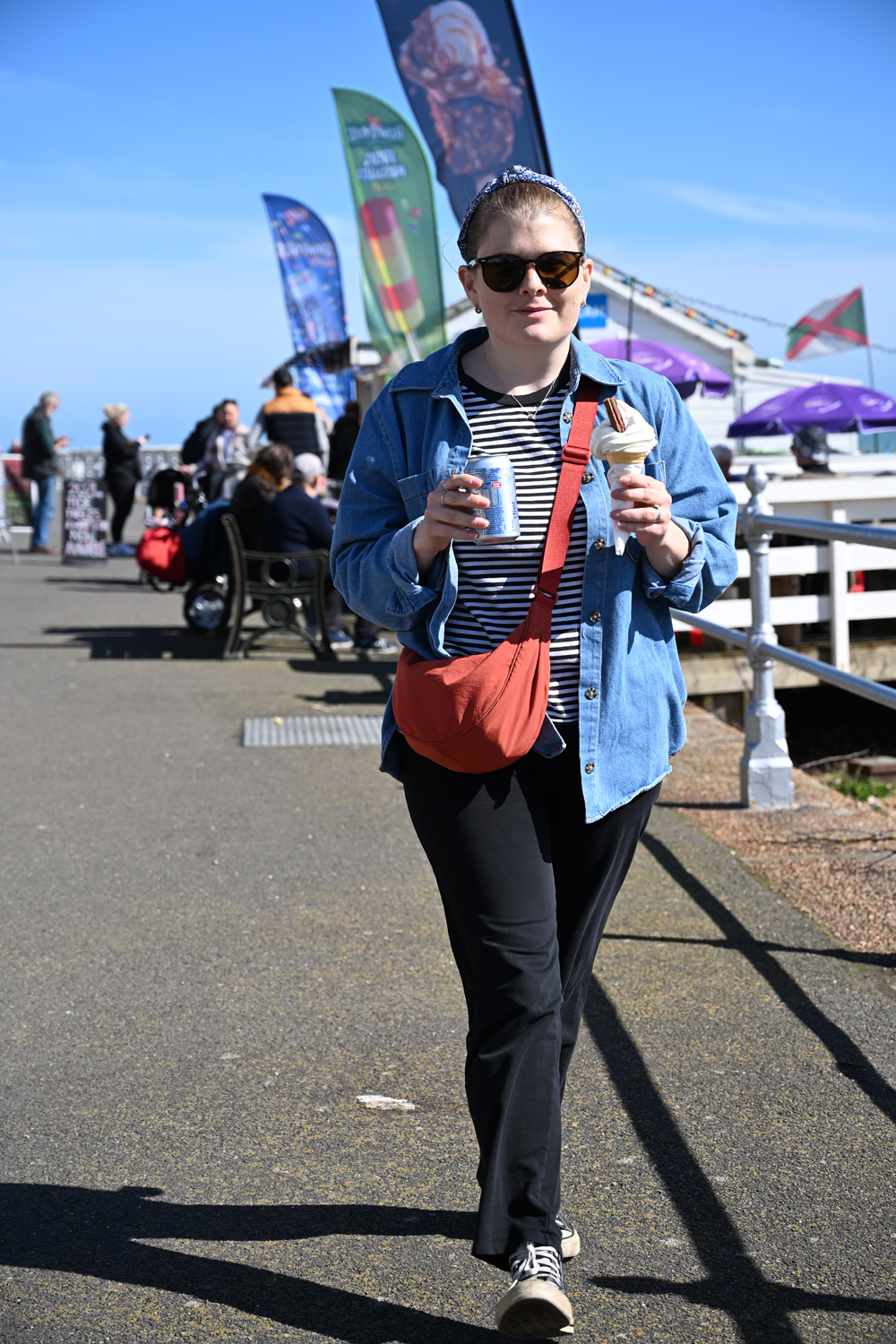

Fujifilm still rules the creative roost, courtesy of its extensive selection of film simulation modes; Nikon’s Picture Controls presets are more generic colour filters that don’t always add much to your shots. That said, I’m a big fan of the dedicated Black and White setting on the mode dial.
The standard, flat mono and deep tone mono presets can each give a scene a completely different mood, and having it within easy reach helped me spot distracting objects when framing subjects.
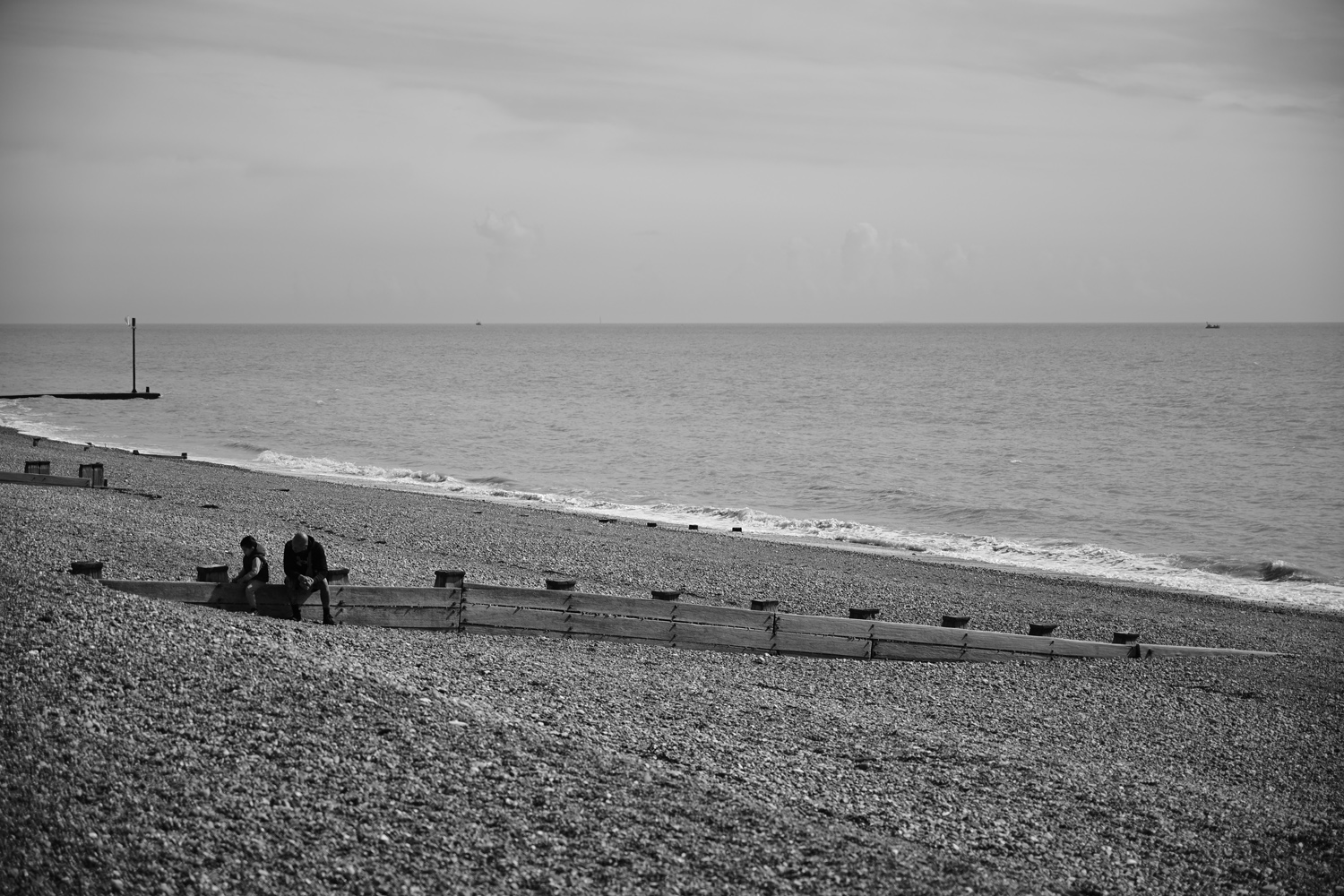
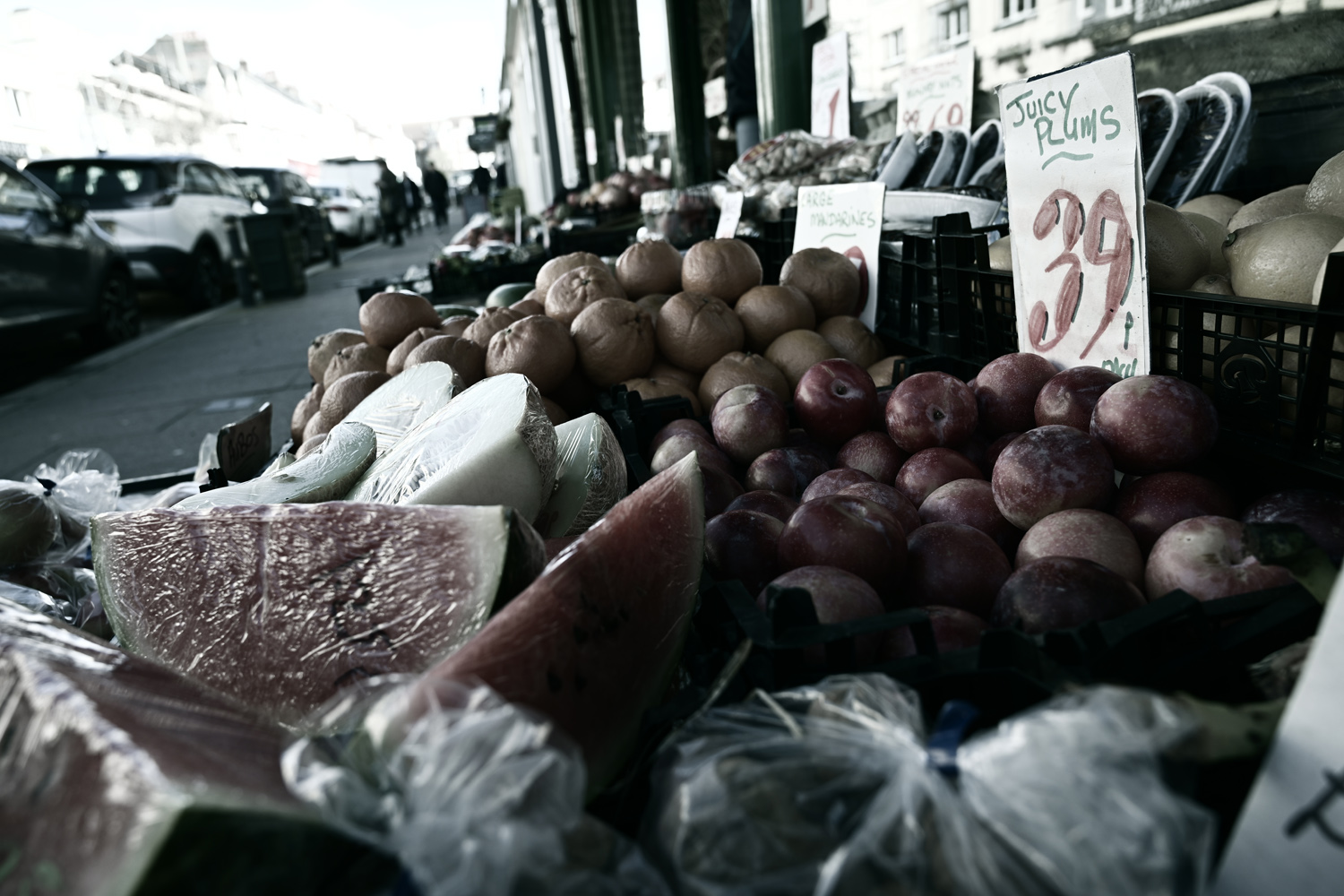

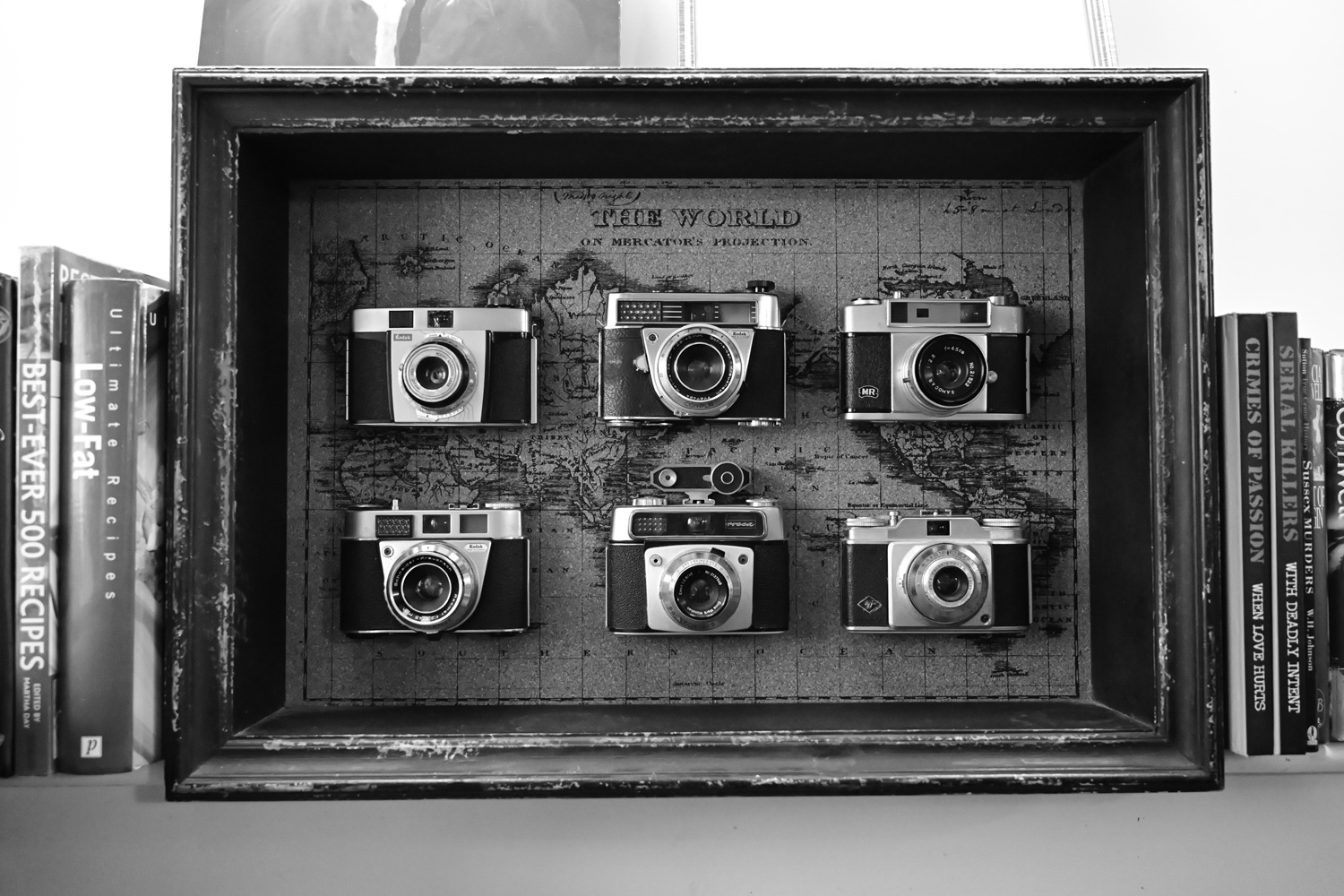
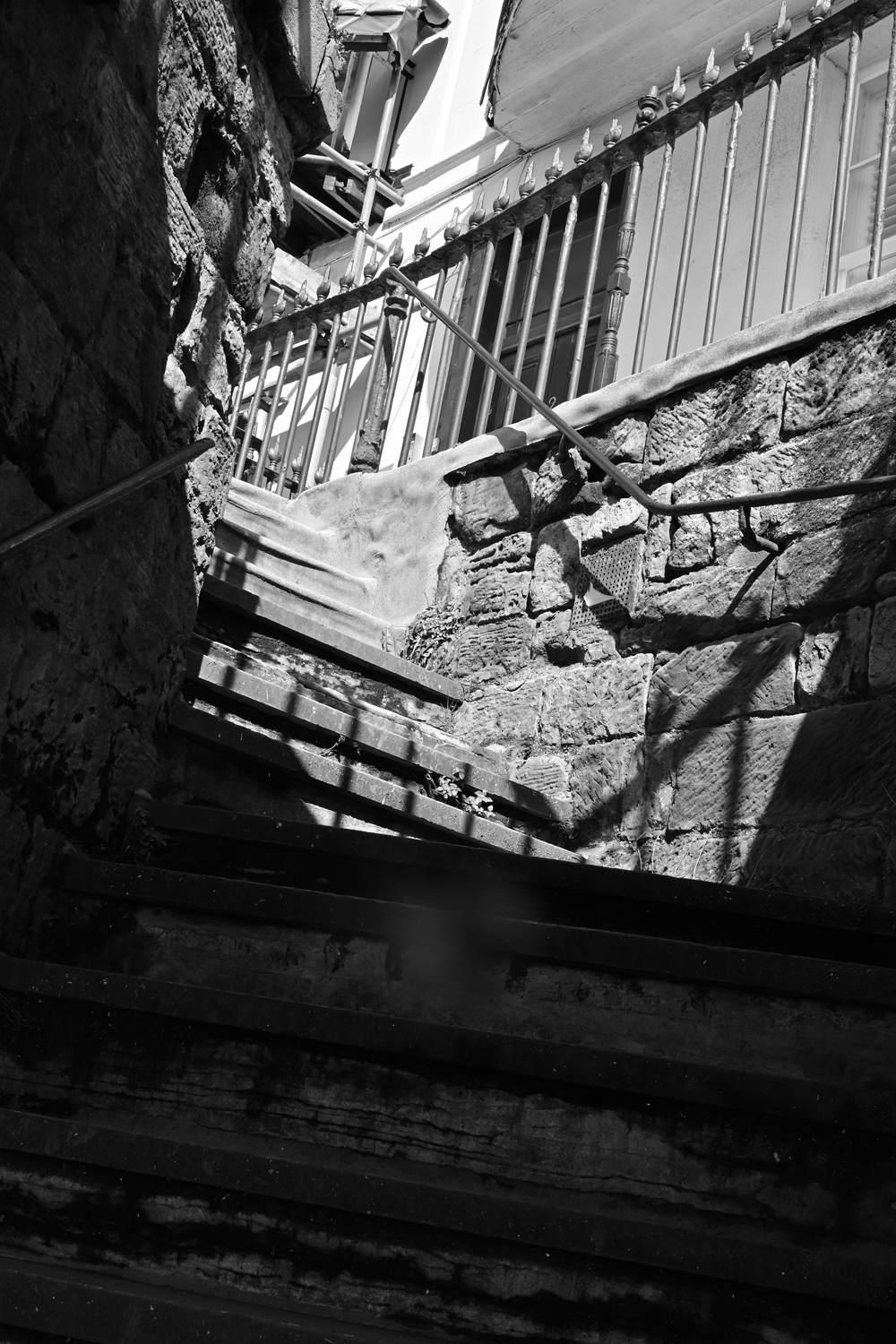
I wasn’t expecting the Nikon Zf to put in much of a shift on the video front, but the in-body stabilisation really made a difference when shooting handheld. Exposure was almost always on point, as was white balance, and colours were just as impactful as they are on still images. There are limitations, though, like having to crop the sensor for 4K/60p footage; rivals from Panasonic and Sony are still the better choice for regular filmmakers.
Nikon Zf verdict
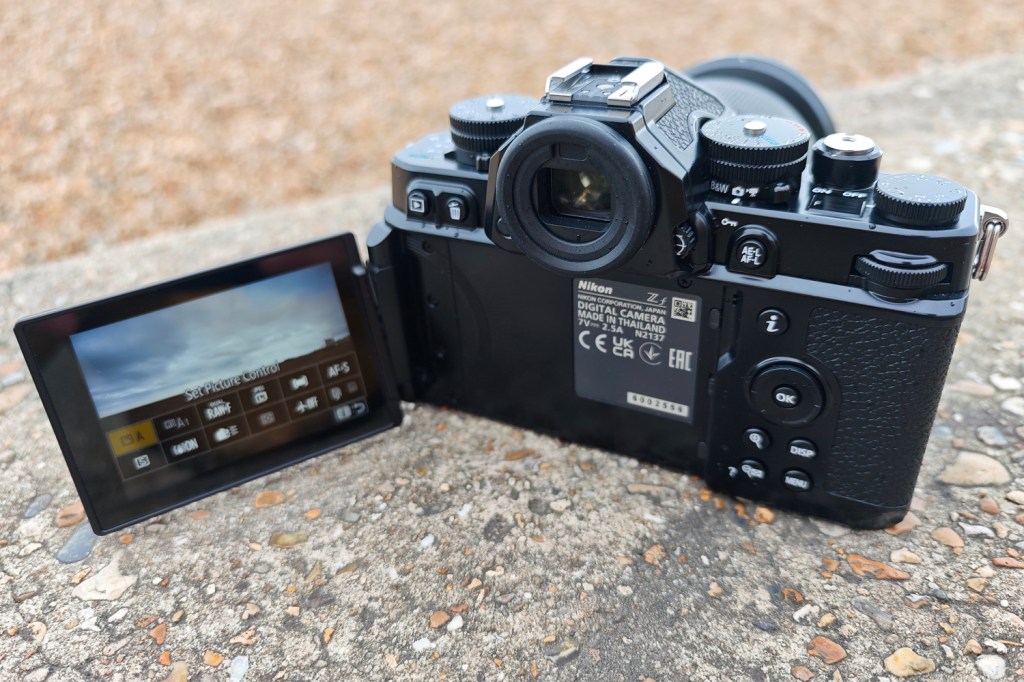
Nikon’s first try at a throwback camera felt a little half-baked, but that’s absolutely not the case for this second attempt. The Nikon Zf is a fantastic stills shooter, with rapid performance and outstanding image quality. There are plenty of modern touches beneath the retro exterior, which should please photographers of all kinds. Vloggers and filmmakers haven’t been forgotten either, even if rivals are still the better choice if you shoot more video than static photos.
This camera isn’t the last word in handling or usability; those top plate dials take some getting used to, especially if you’re coming from a competing system. It rewards you for taking the time to customise the function buttons and touchscreen menus, while rivals are more photographer-friendly out of the box.
Even so, there’s little full-frame competition that can match its old-school charm; if you’re a fan of the styling, it’s worth the slightly heightened learning curve.
Stuff Says…
This wonderfully stylish snapper could learn a thing or two from rivals about usability, but needs no notes on delivering outstanding quality images.
Pros
Classic looks meet bombproof build quality
Full-frame sensor delivers delightful RAWs and JPEGs
Tracking autofocus is fantastic
Cons
Dial-driven controls can be fiddly
Tiny grip and heavy weight hamper comfort
Battery life only average
Nikon Zf technical specifications
| Sensor | 24MP full-frame |
| Lens mount | Nikon Z mount |
| ISO range | ISO 50-204800 (extended) |
| Continuous shooting | 14fps (JPEG), 11fps (RAW) |
| Video recording | 4K/30P (full-width), 4K/60P (cropped APS-C), 1080/120P |
| Screen | 3.2in, 2.1m-dot fully articulated LCD |
| Viewfinder | 3.69m-dot OLED |
| Storage | SDXC, microSD |
| Connectivity | USB-C, micro-HDMI, headphone out, microphone in, Wi-Fi, Bluetooth |
| Dimensions | 144x103x49mm, 710g (including card/battery) |



